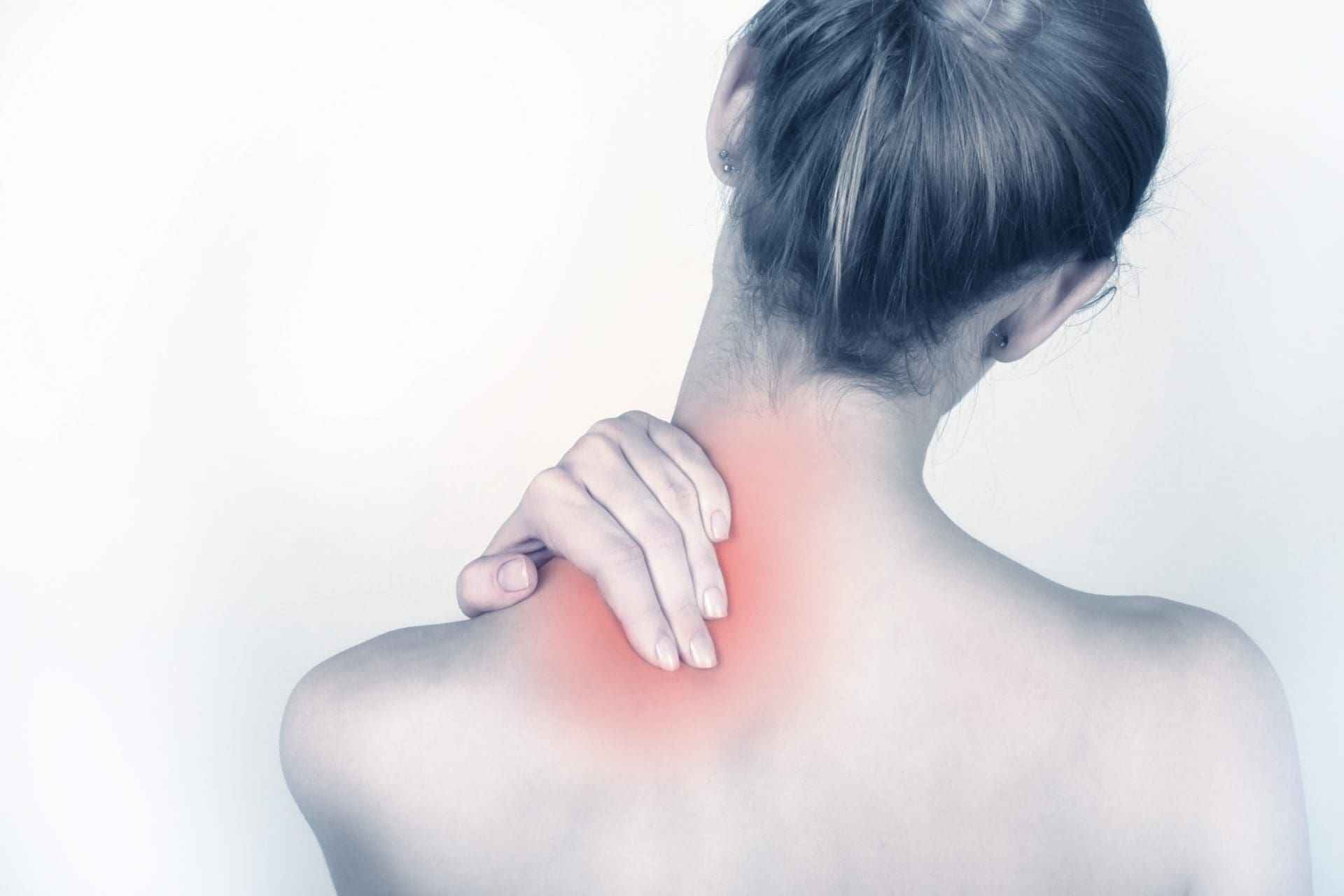
Neck pain is a common condition that can significantly impact your day-to-day life, affecting mobility and comfort.
Read More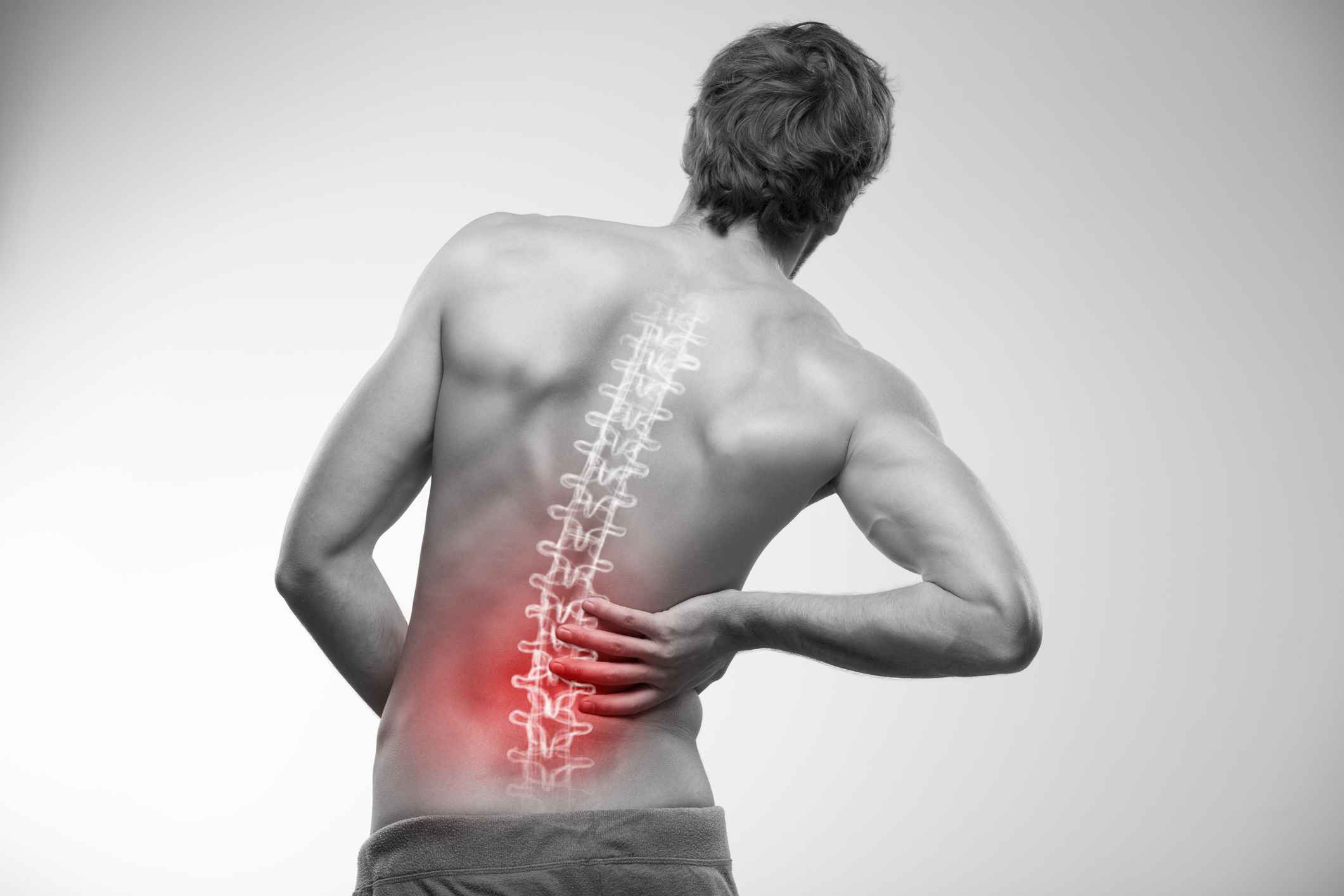
Back pain is a widespread condition that can significantly impact your ability to perform everyday activities, ranging from mild discomfort to debilitating pain that affects your quality of life.
Read More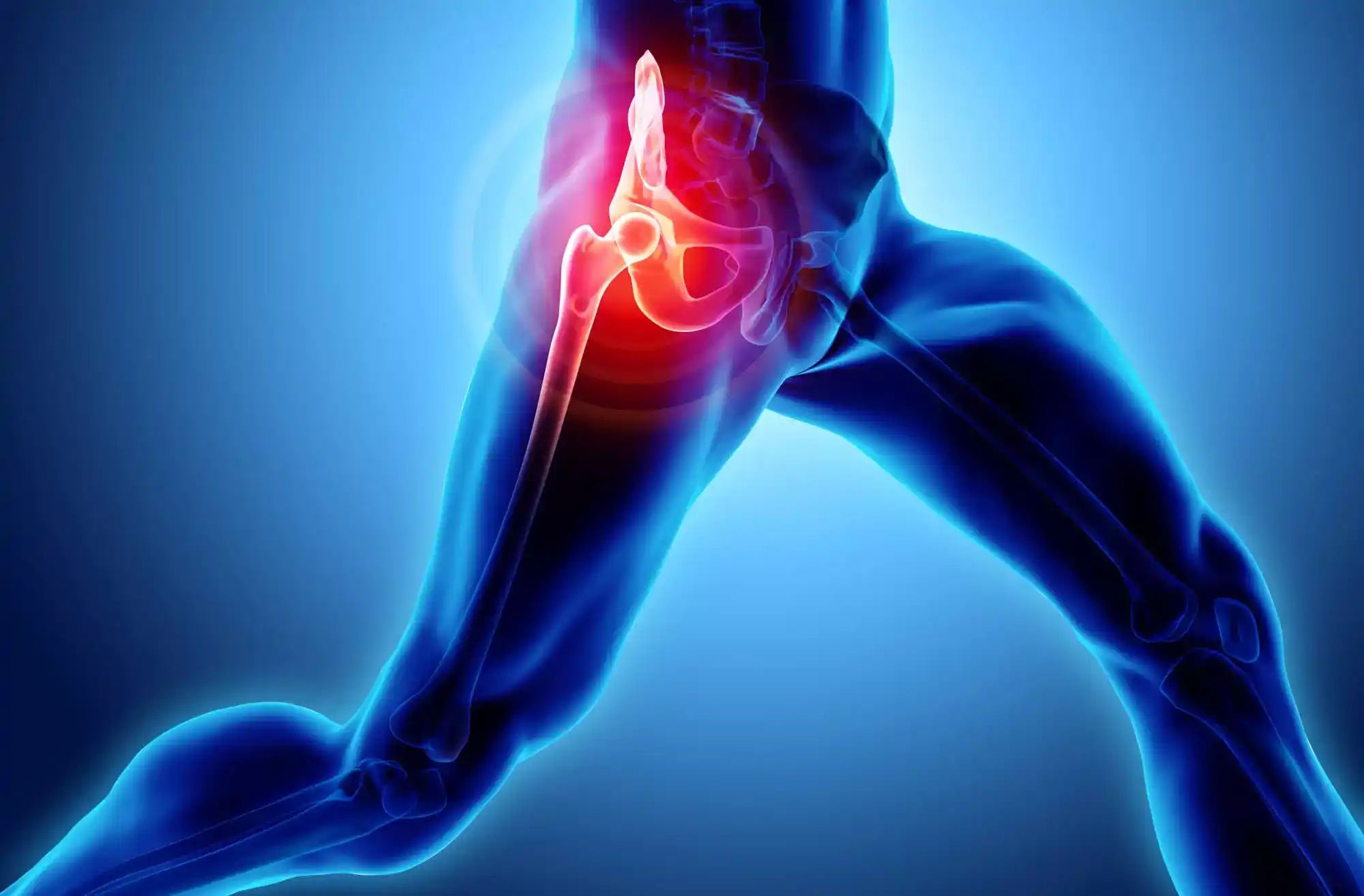
Sciatica refers to pain that radiates along the path of the sciatic nerve, which runs from your lower back, through your hips and buttocks, and down each leg. Sciatica typically affects only one side of the body and can range from mild discomfort to severe pain.
Read More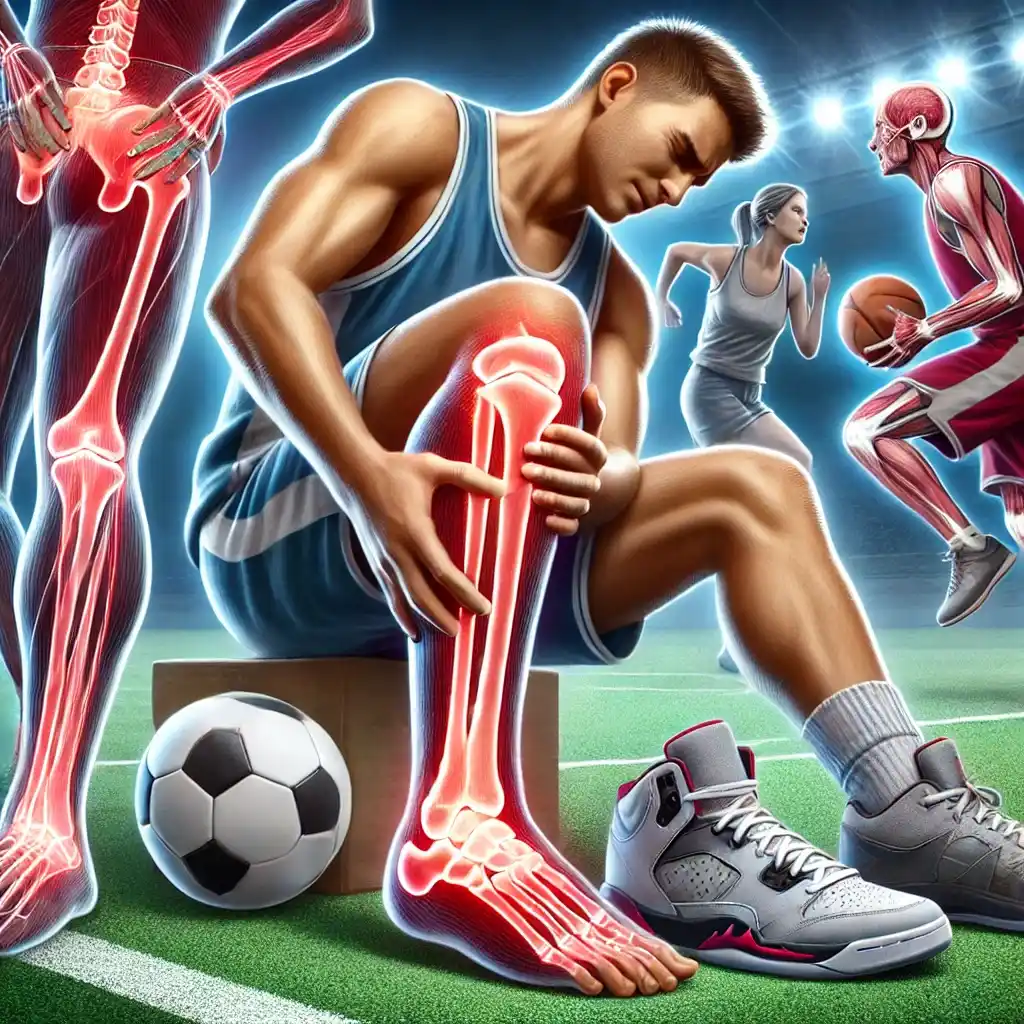
Sports injuries are common among athletes and active individuals, ranging from mild sprains to more serious conditions that can require medical intervention. These injuries can affect muscles, ligaments, tendons, and bones, and significantly impact an individual’s ability to continue physical activities.
Read More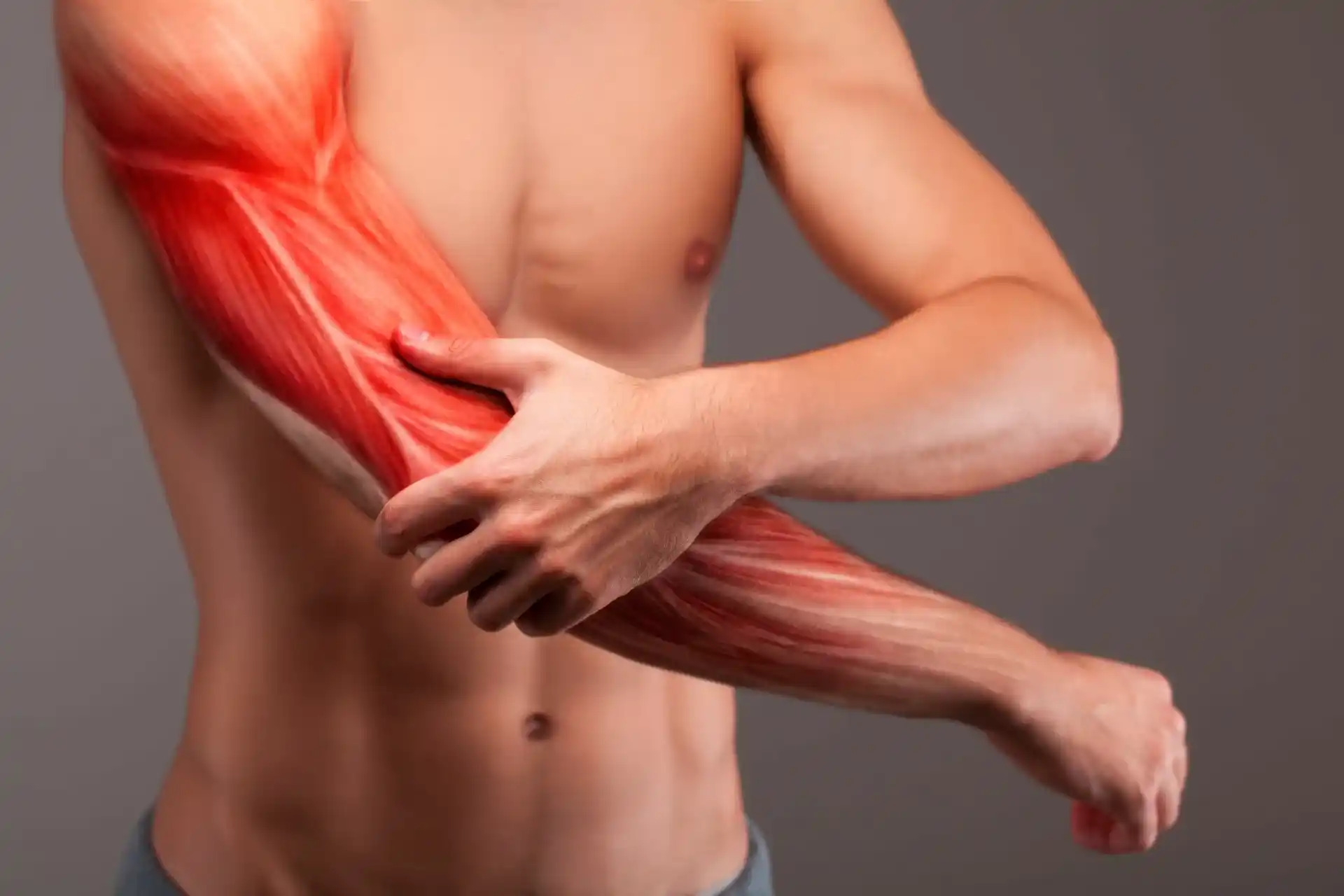
Brachialgia, or arm pain, typically results from compression or irritation of the nerve roots in the neck, which send signals to the arm. This can cause pain, tingling, or weakness in the arm and hand.
Read More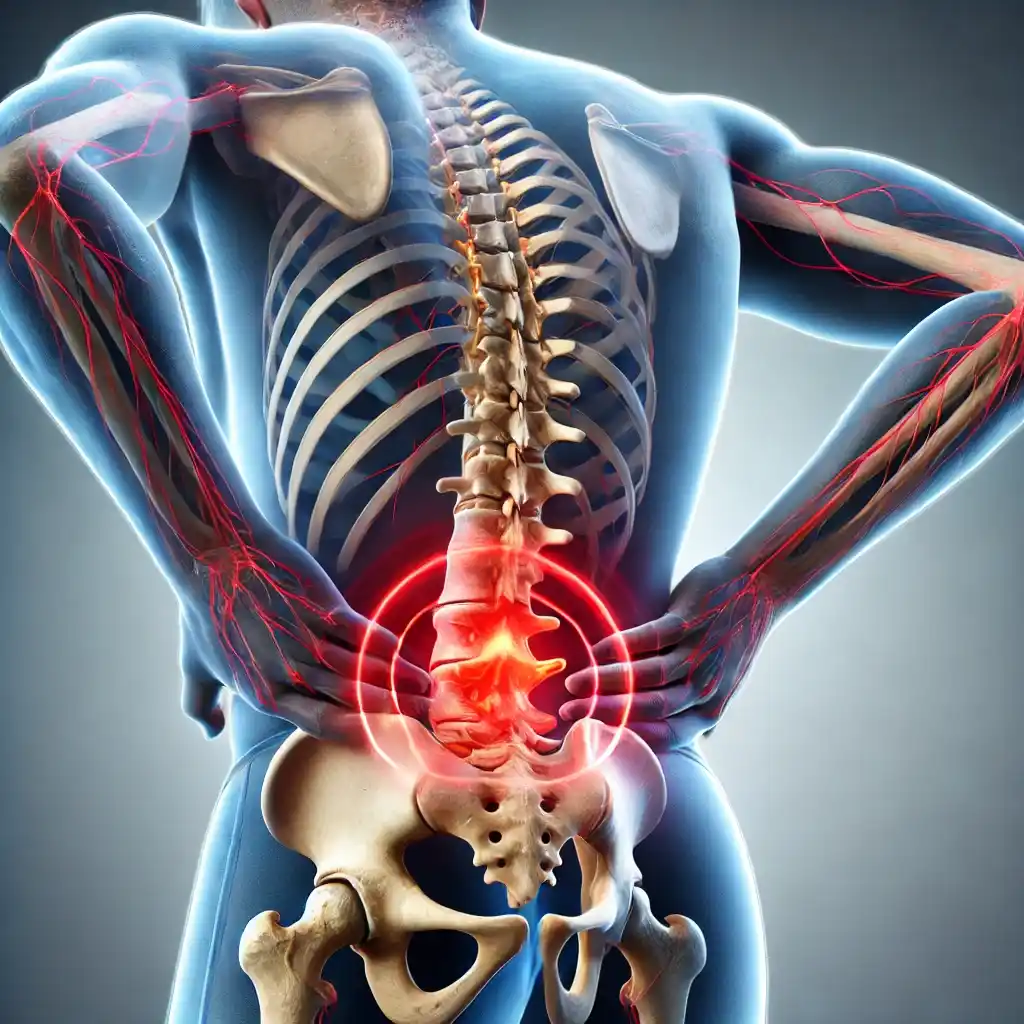
Disc prolapse, also known as disc herniation, occurs when the soft inner material of a spinal disc pushes out through a tear in the tougher outer layer. This can press on nearby nerves, causing pain and other symptoms.
Read More
Discogenic back pain refers to pain originating from a damaged spinal disc, often due to degeneration or injury.
Read More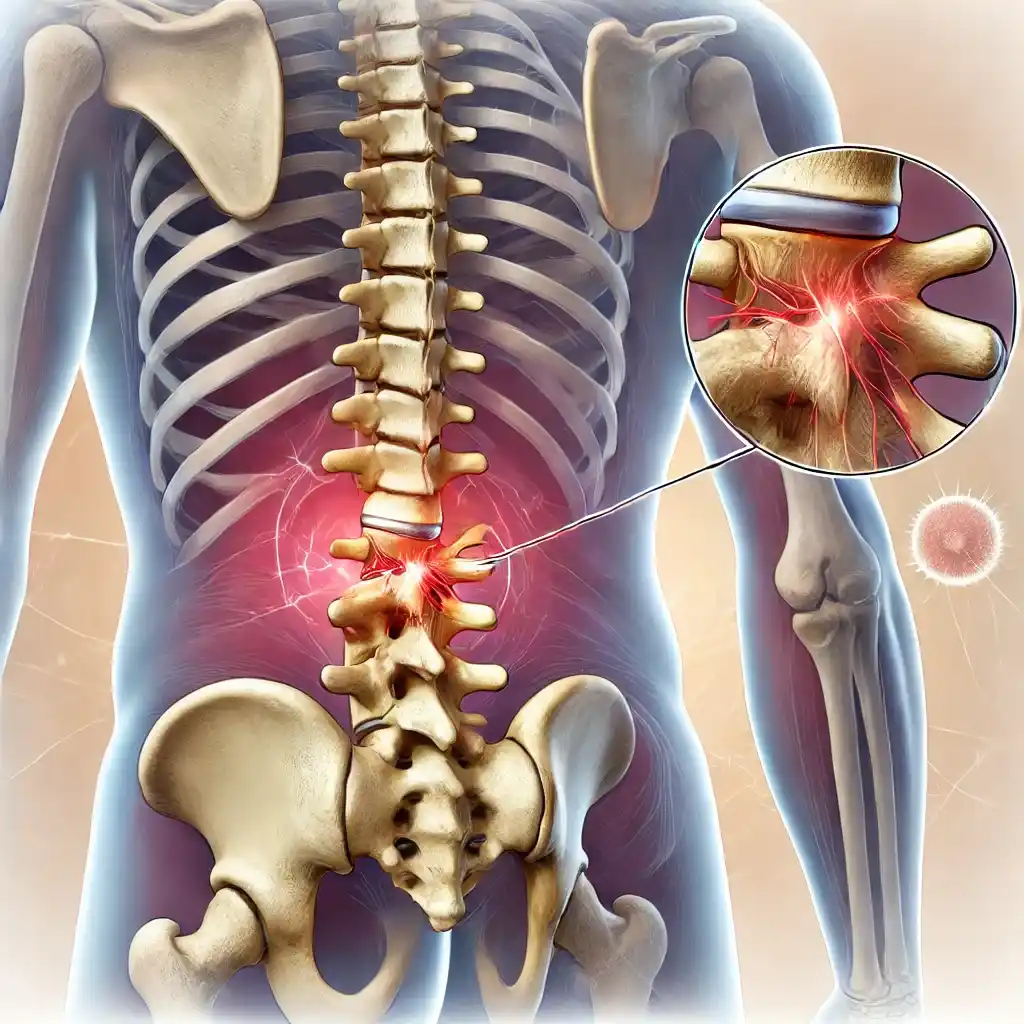
PARS fracture refers to a stress fracture in the pars interarticularis, a small bony structure that connects the upper and lower segments of a vertebra.
Read More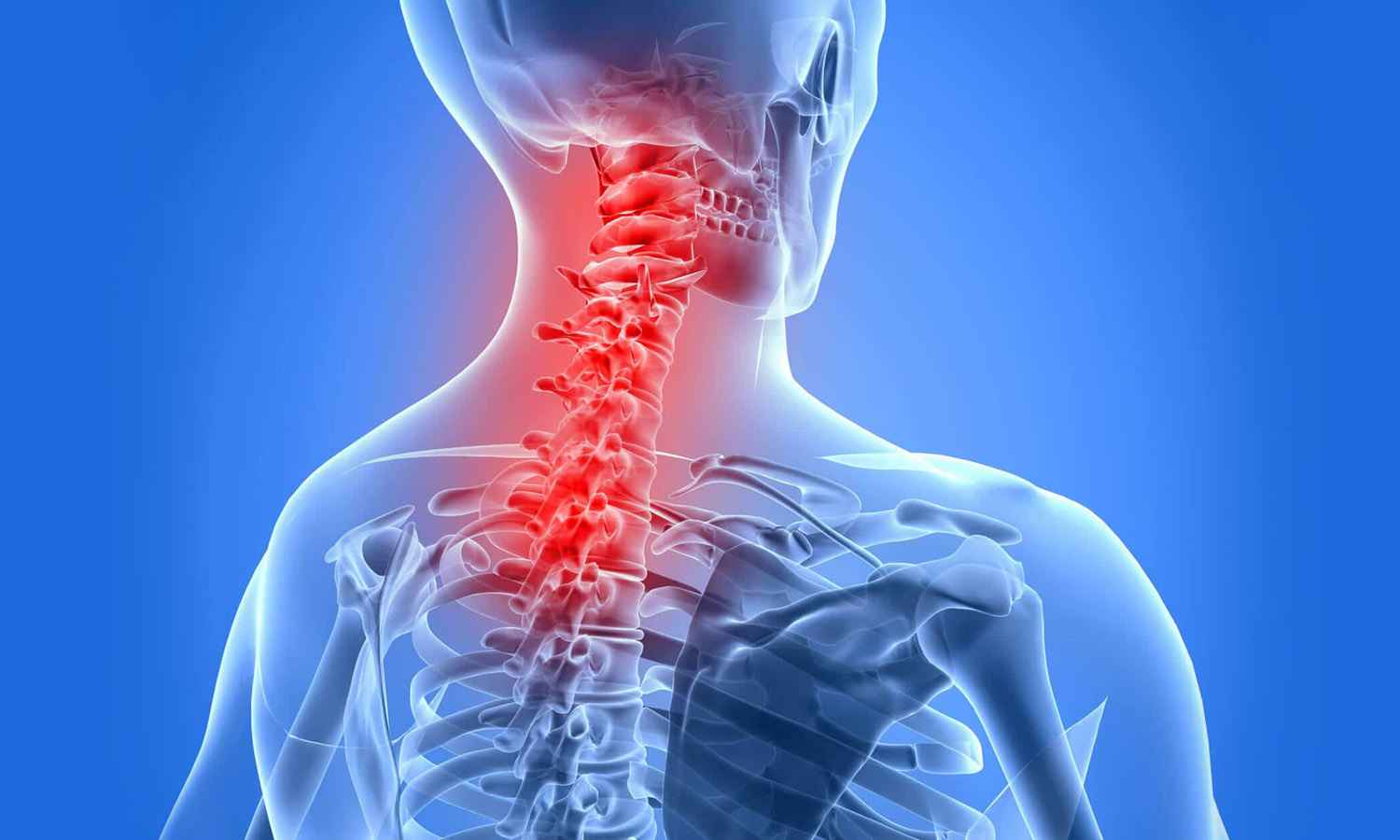
Spondylitis is an inflammatory condition that affects the spine, while spondylosis refers to age-related degeneration of the spine, including the discs and joints.
Read More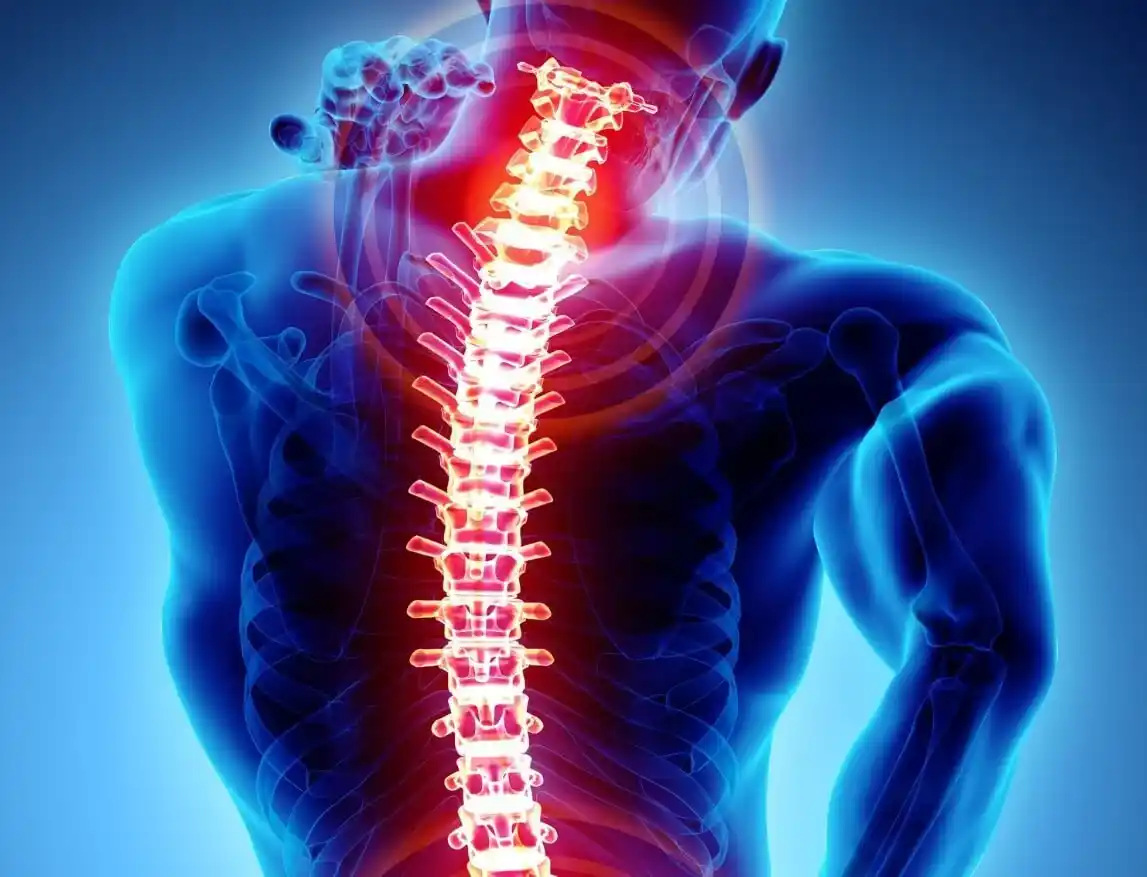
Spondylolisthesis occurs when one vertebra slips forward over the one beneath it, causing spinal instability and often leading to pain or nerve compression.
Read More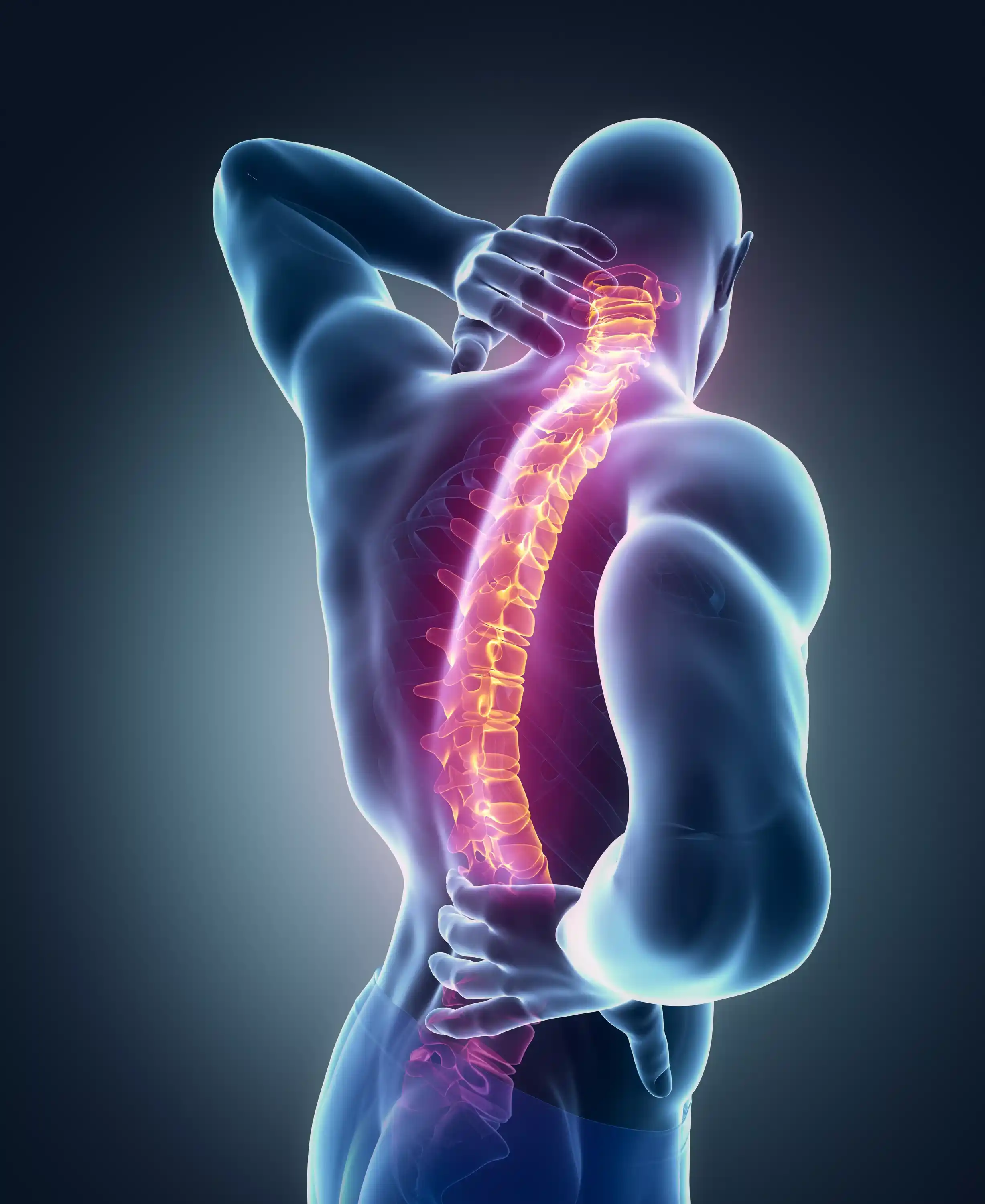
Spine instability refers to excessive movement between vertebrae, which can cause pain, nerve compression, and other symptoms.
Read More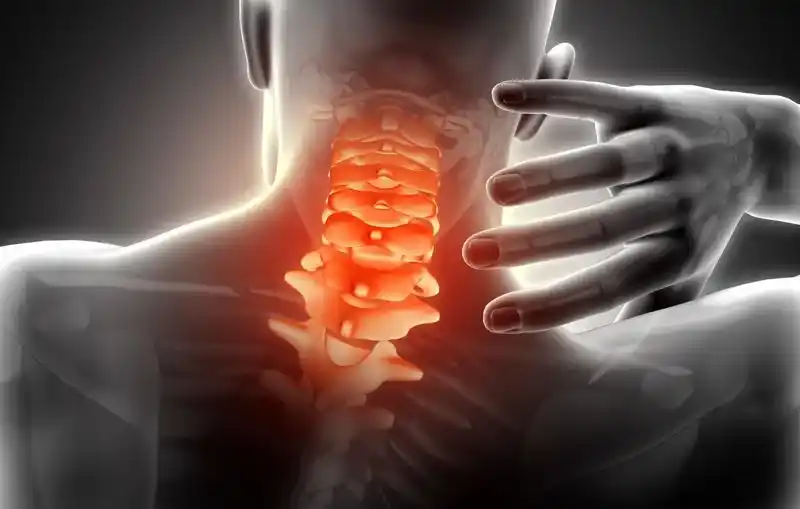
Cervical disc herniation refers to a condition where a disc in the cervical spine (neck) bulges out or ruptures, pressing on nearby nerves.
Read More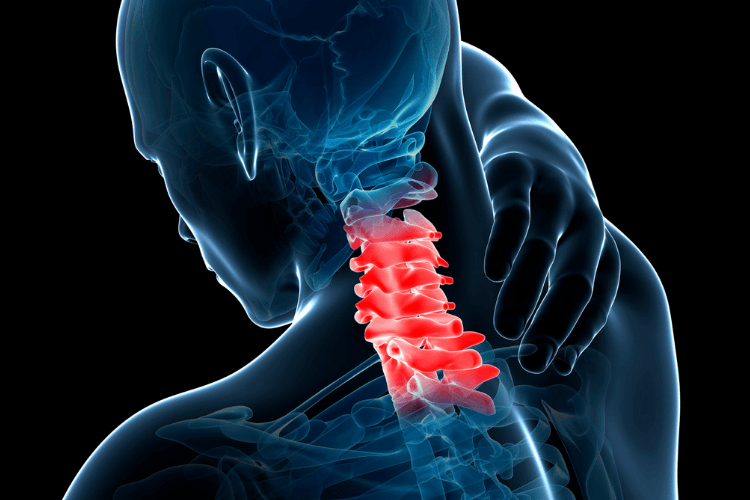
Cranio-cervical instability is a condition where the ligaments that hold the skull and the cervical spine together become weakened or damaged, leading to excessive movement and potential neurological symptoms.
Read More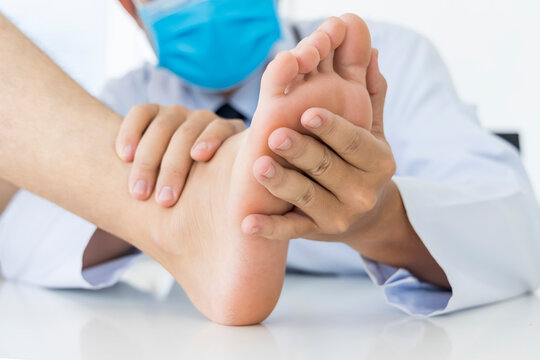
Foot drop, or drop foot, is a condition where the front part of the foot cannot be lifted, causing it to drag while walking. This results in an altered gait pattern, such as a high step gait, where the knees are raised higher to avoid dragging. Foot drop can also cause balance issues, dizziness, and tingling sensations in the affected leg. It may stem from nerve damage, muscle diseases, spinal cord or brain injuries, or surgical complications. Treatment options include physical therapy, braces, nerve stimulation, and sometimes surgery. Dr. Irfan Malik at Mspin specializes in treating this condition to improve mobility and quality of life.
Read More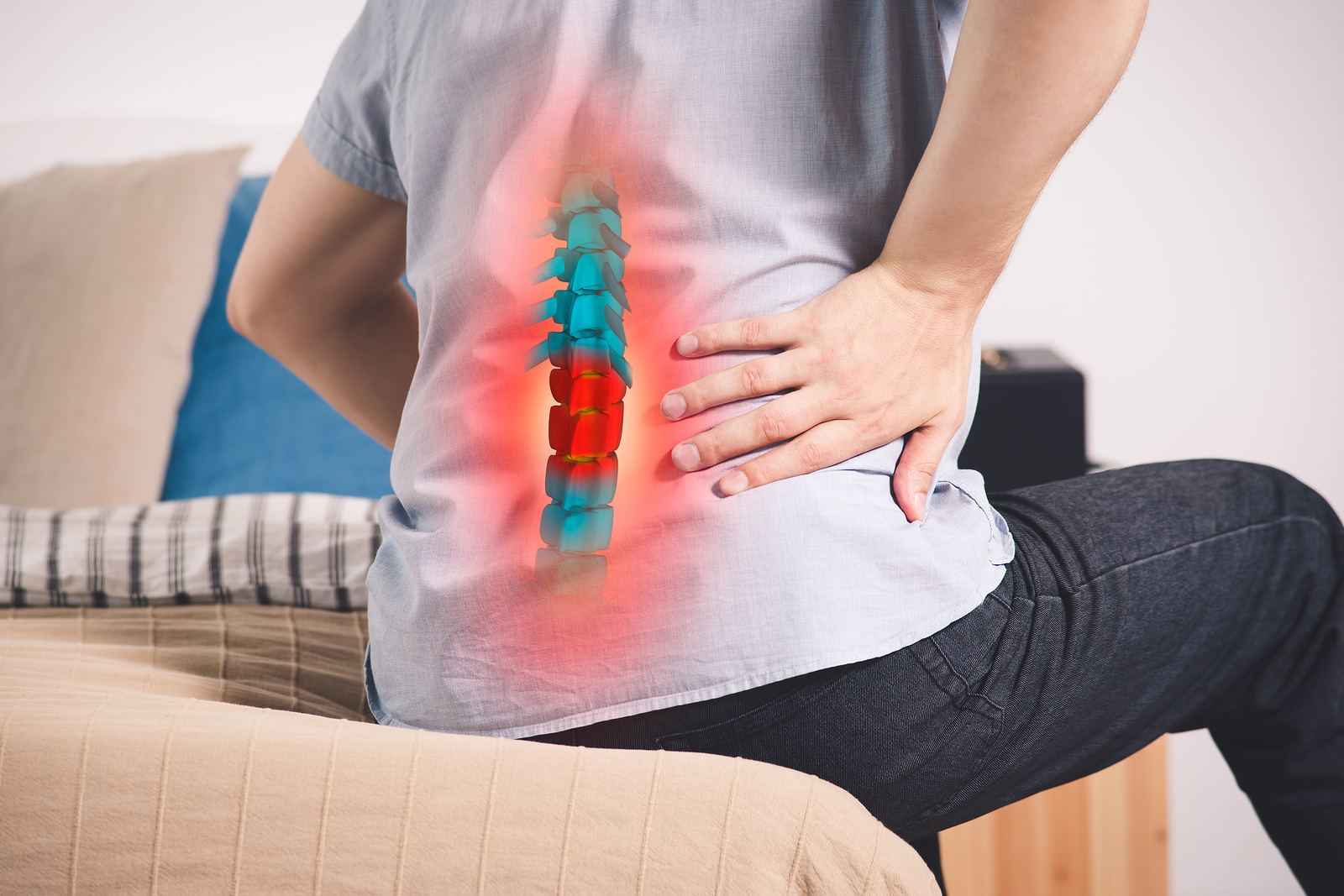
Lumbar disc herniation occurs when a disc in the lower back bulges or ruptures, pressing on nerves and causing pain, often radiating down the leg (sciatica).
Read More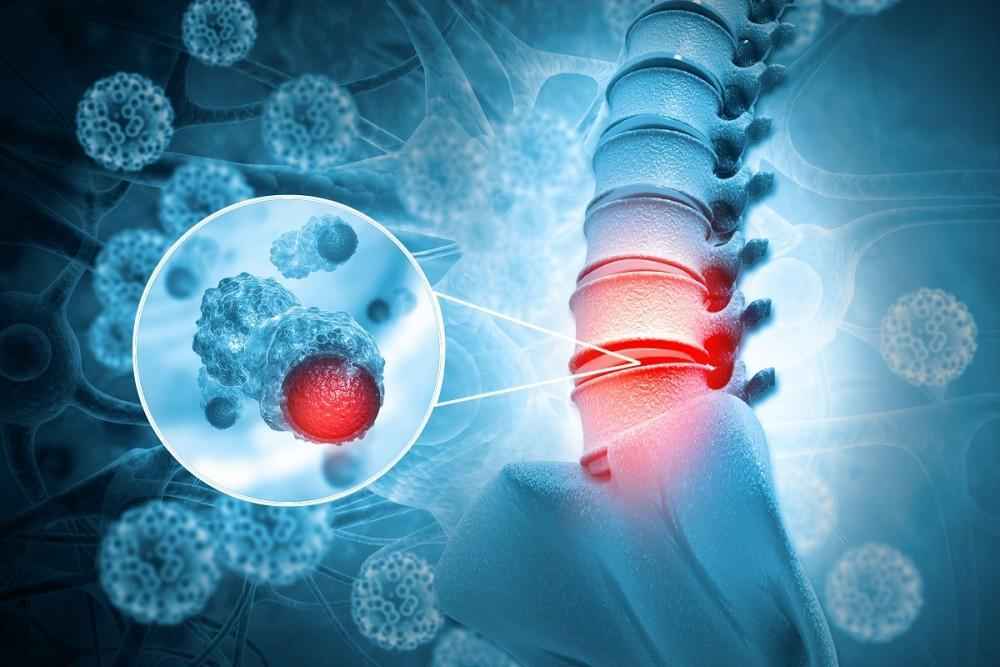
Spinal tumors are abnormal growths within or around the spine, which may be benign or malignant and can cause pain, neurological symptoms, or spinal instability.
Read More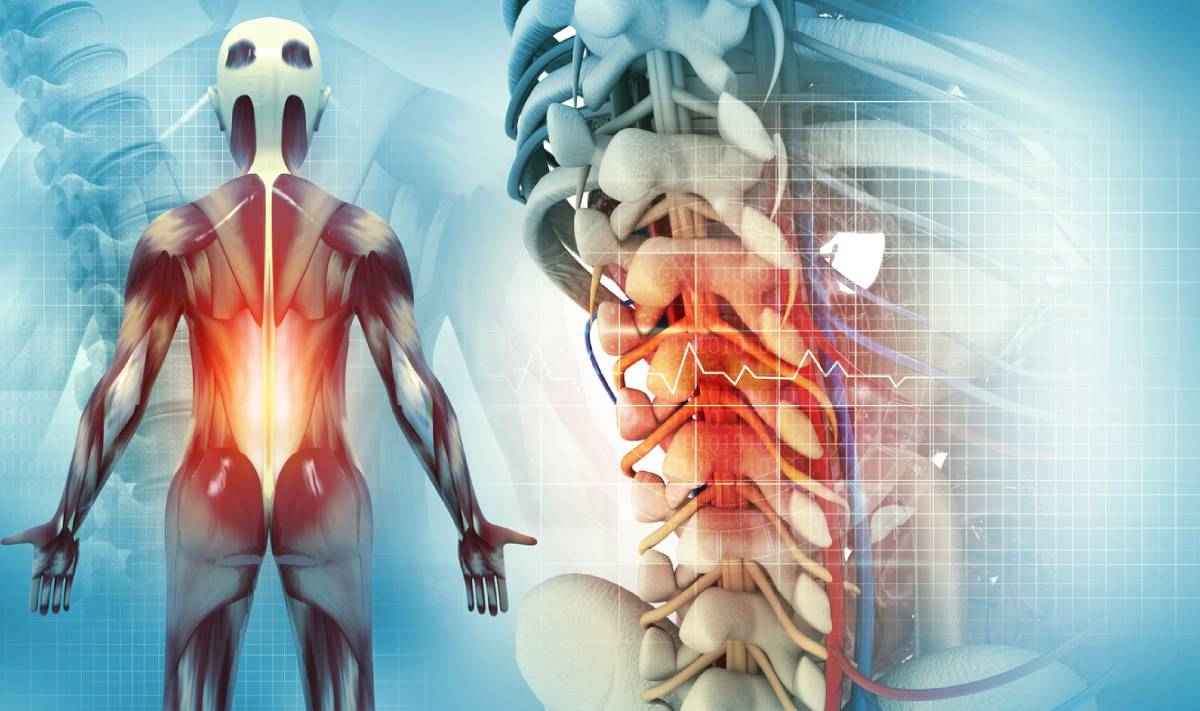
Spine cancers refer to malignant tumors that originate in or spread to the spine. These tumors can compress nerves, causing pain, neurological symptoms, and potentially life-threatening complications.
Read More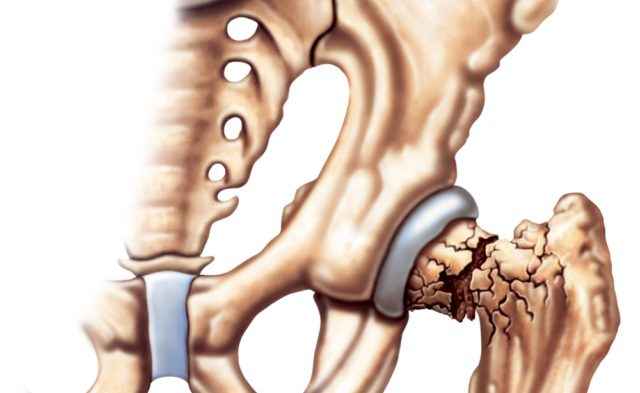
Osteoporotic fractures, also known as fragility fractures, occur in bones weakened by osteoporosis, often affecting the spine, hips, and wrists.
Read More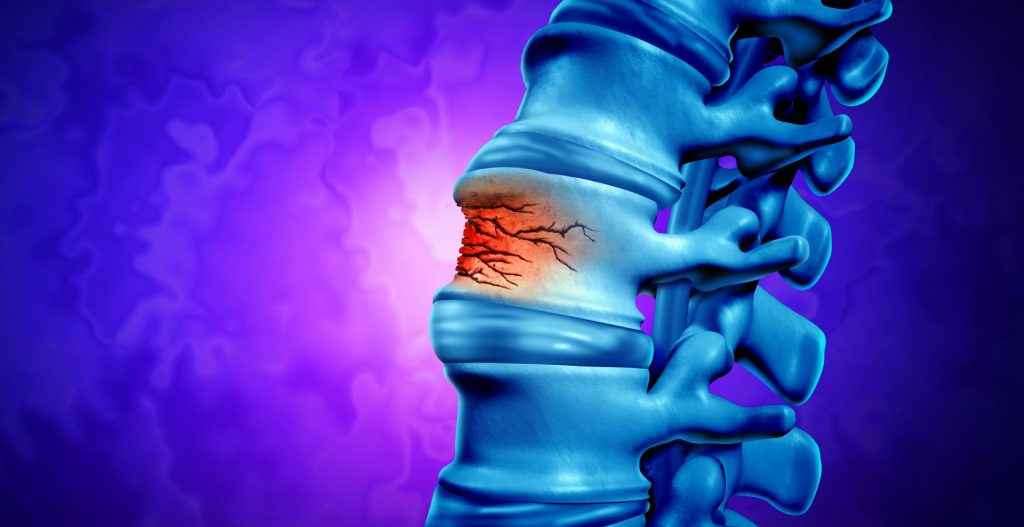
Spine trauma involves injuries to the vertebrae, discs, or spinal cord, often resulting from accidents or high-impact events.
Read More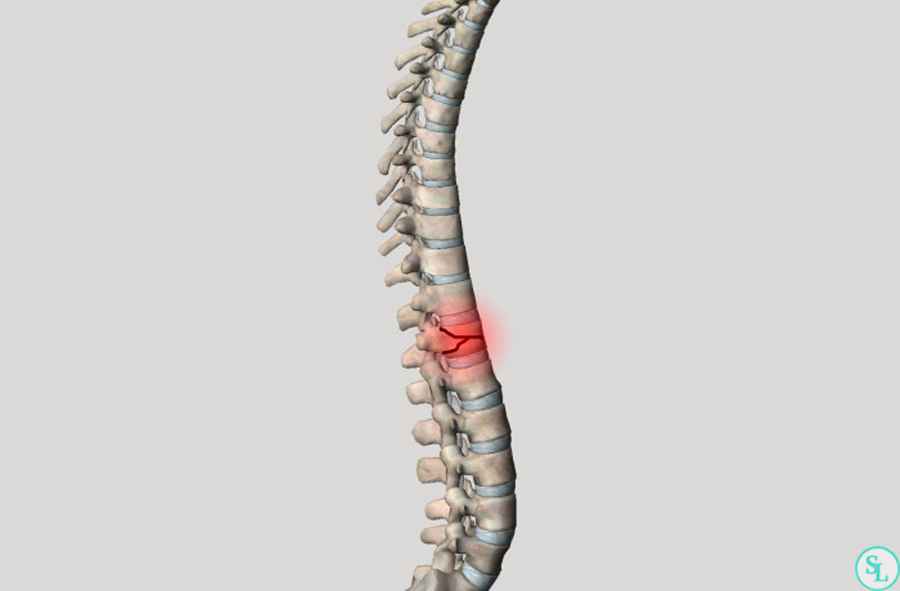
Vertebral compression fractures occur when a vertebra collapses, typically due to osteoporosis or trauma, causing significant pain and loss of height.
Read More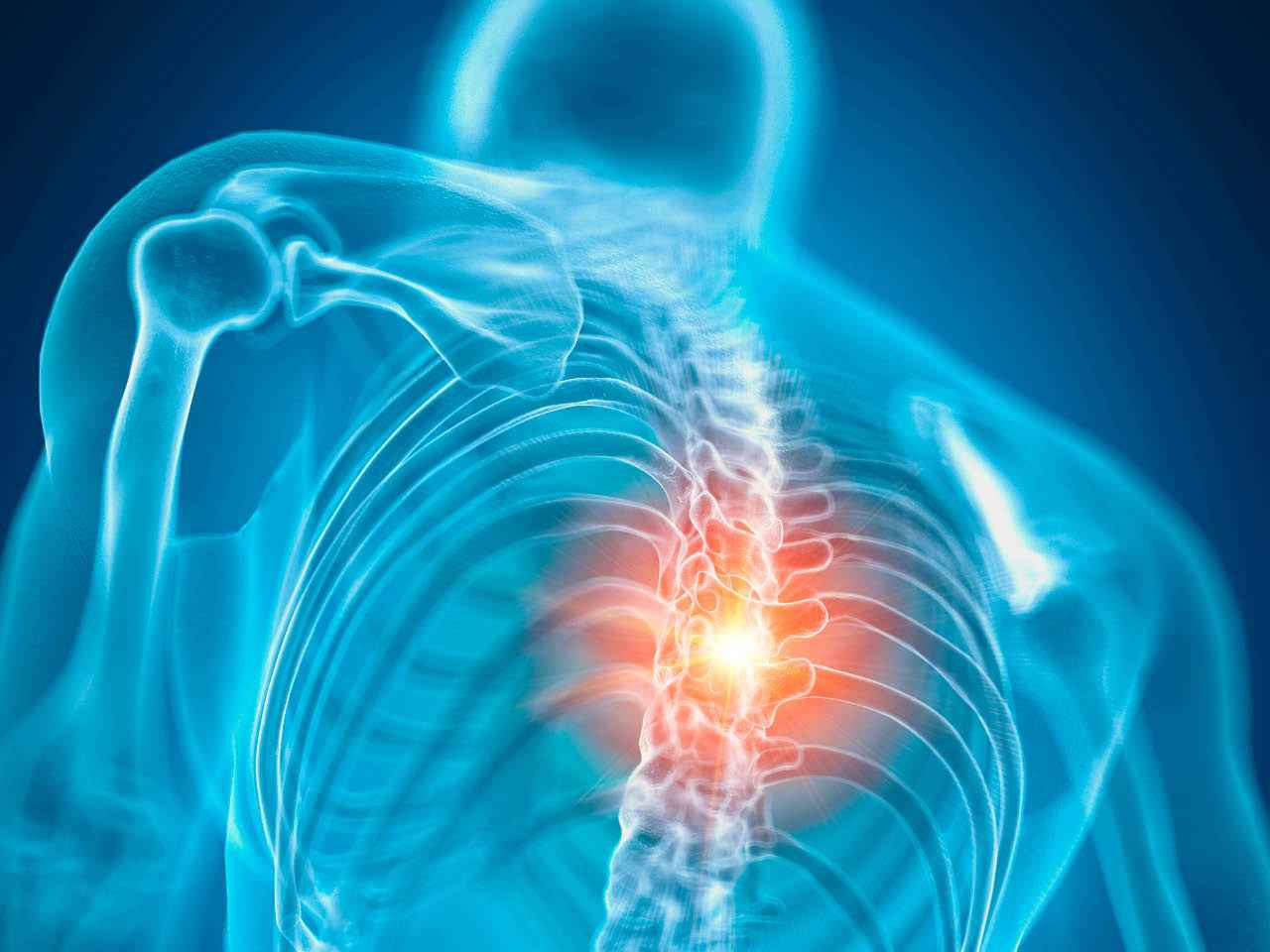
Myelopathy is a condition caused by compression of the spinal cord, often due to disc herniation, bone spurs, or spinal stenosis.
Read More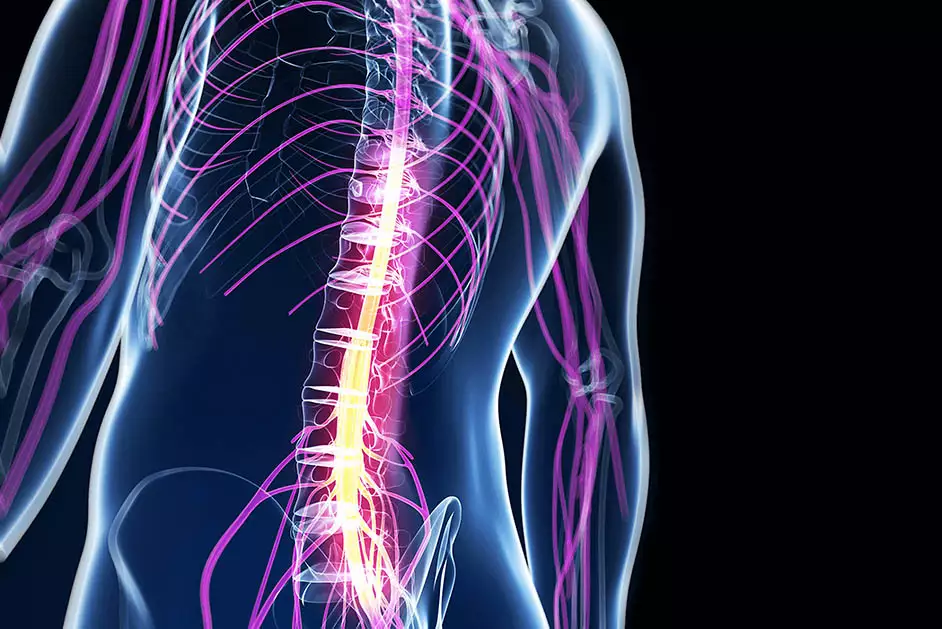

Intradural spinal tumours are rare growths within the dura mater of the spine, potentially causing symptoms like back pain, weakness, and neurological issues. Learn about the causes, symptoms, and treatment options, and understand when to consult a specialist.
Read More
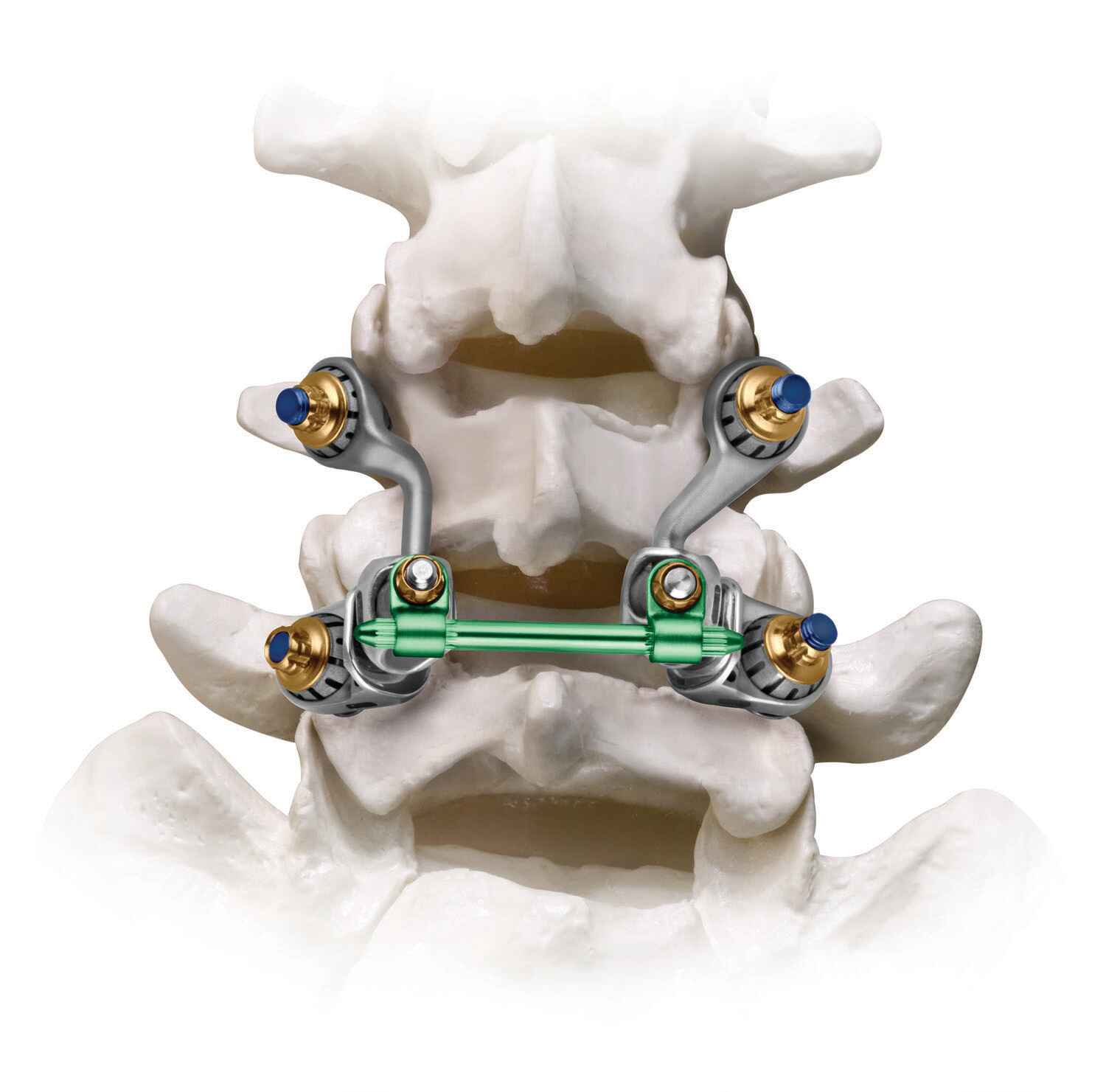
Facet joint replacement is a surgical option for patients suffering from chronic neck or back pain caused by facet joint degeneration. This procedure, performed by spinal neurosurgeon Mr. Irfan Malik, involves replacing damaged facet joints with artificial ones to restore movement and alleviate pain. Learn about the symptoms, causes, diagnosis, and treatment options available to manage facet joint-related issues.
Read More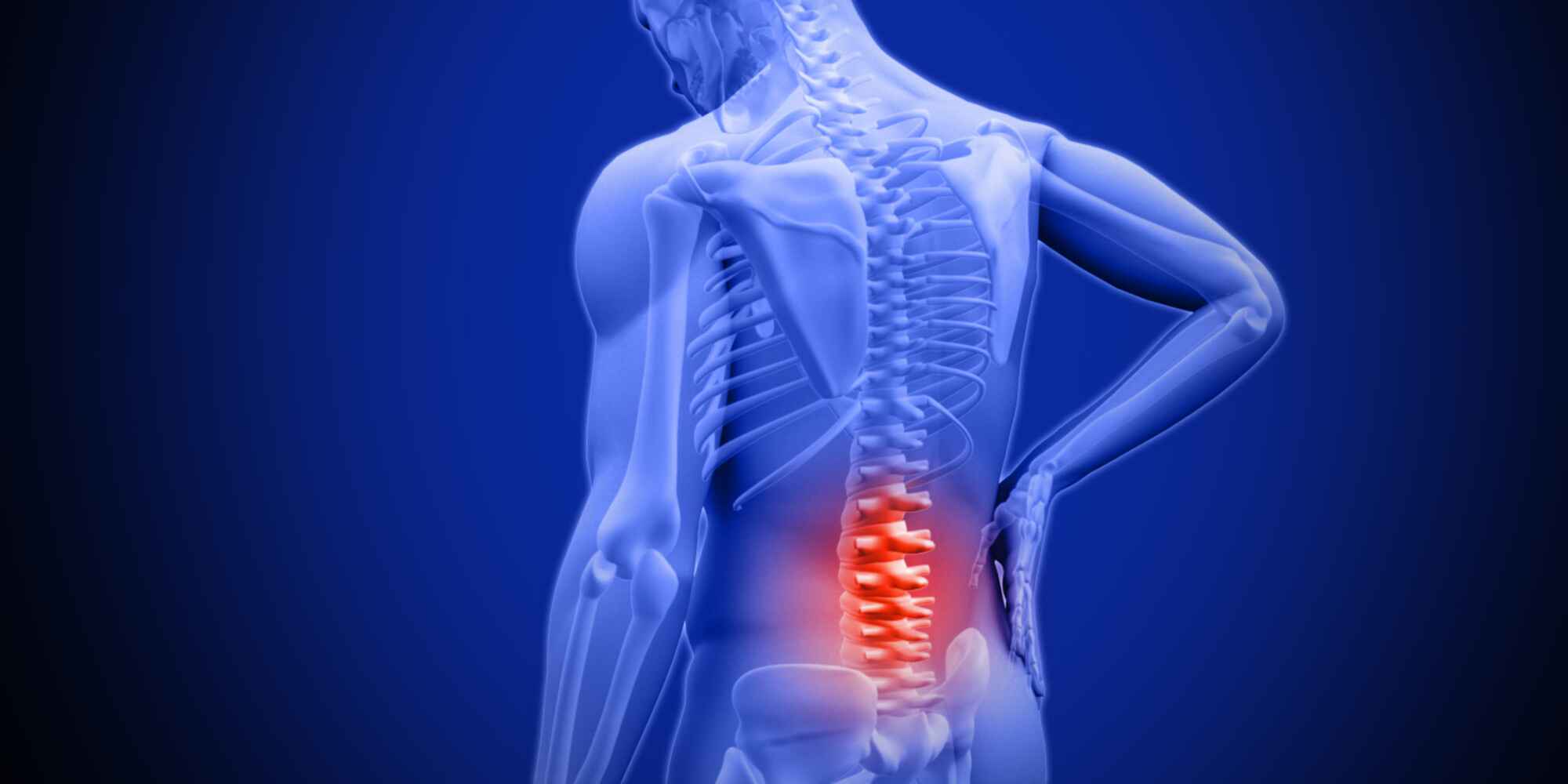
Lumbar back surgery can provide relief from chronic lower back pain caused by conditions such as herniated discs, spinal stenosis, or spondylolisthesis. Led by expert Spinal Neurosurgeon Mr. Irfan Malik, this page offers insights into symptoms, causes, and advanced treatment options, including both conservative care and surgical procedures like microdiscectomy and spinal fusion.
Read More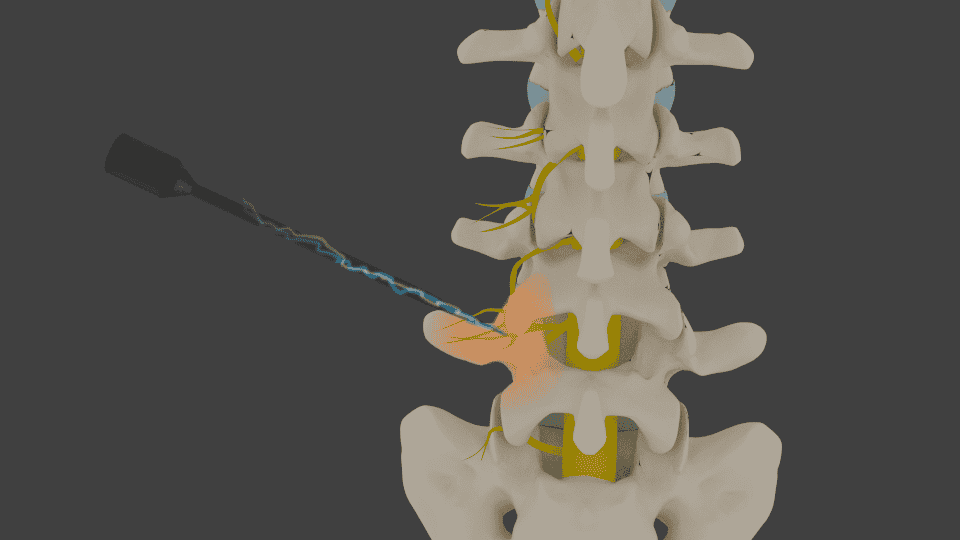
Provides an overview of Medial Branch Nerve Blocks, a minimally invasive procedure used to diagnose and relieve chronic neck and back pain caused by facet joint issues. Learn about symptoms, causes, diagnosis, and the range of treatment options available, with expert insights from spinal neurosurgeon Mr. Irfan Malik. Discover how Medial Branch Nerve Blocks can help manage pain and improve quality of life.
Read More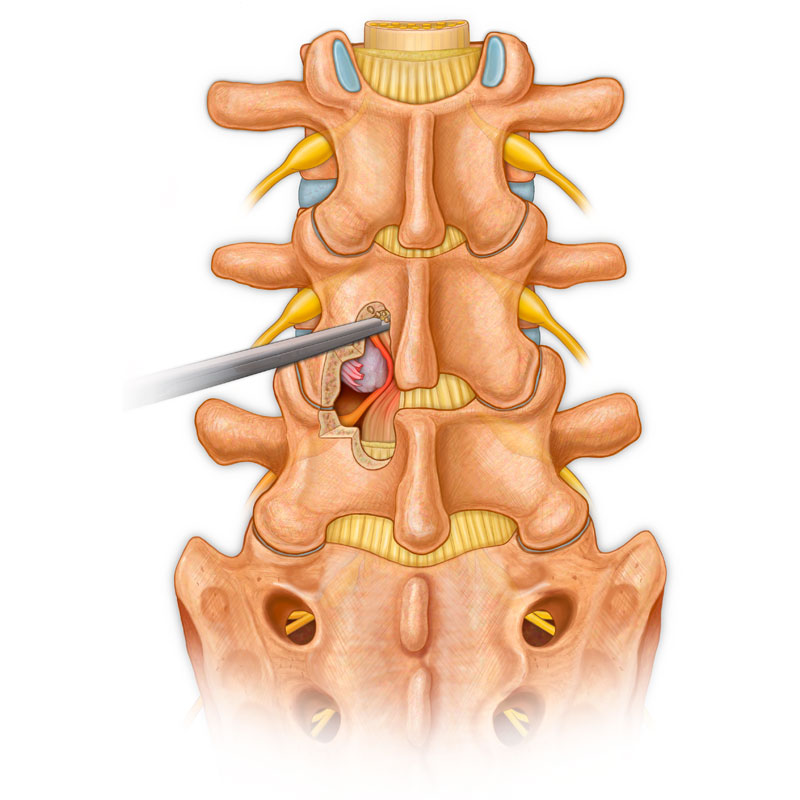
Laminectomy is a surgical procedure used to relieve pressure on the spinal cord or nerves caused by conditions like spinal stenosis or herniated discs. Performed by spinal neurosurgeon Mr. Irfan Malik, laminectomy involves removing part of the vertebra to reduce pain and improve mobility. Learn about the symptoms, causes, and treatment options available for spinal compression.
Read More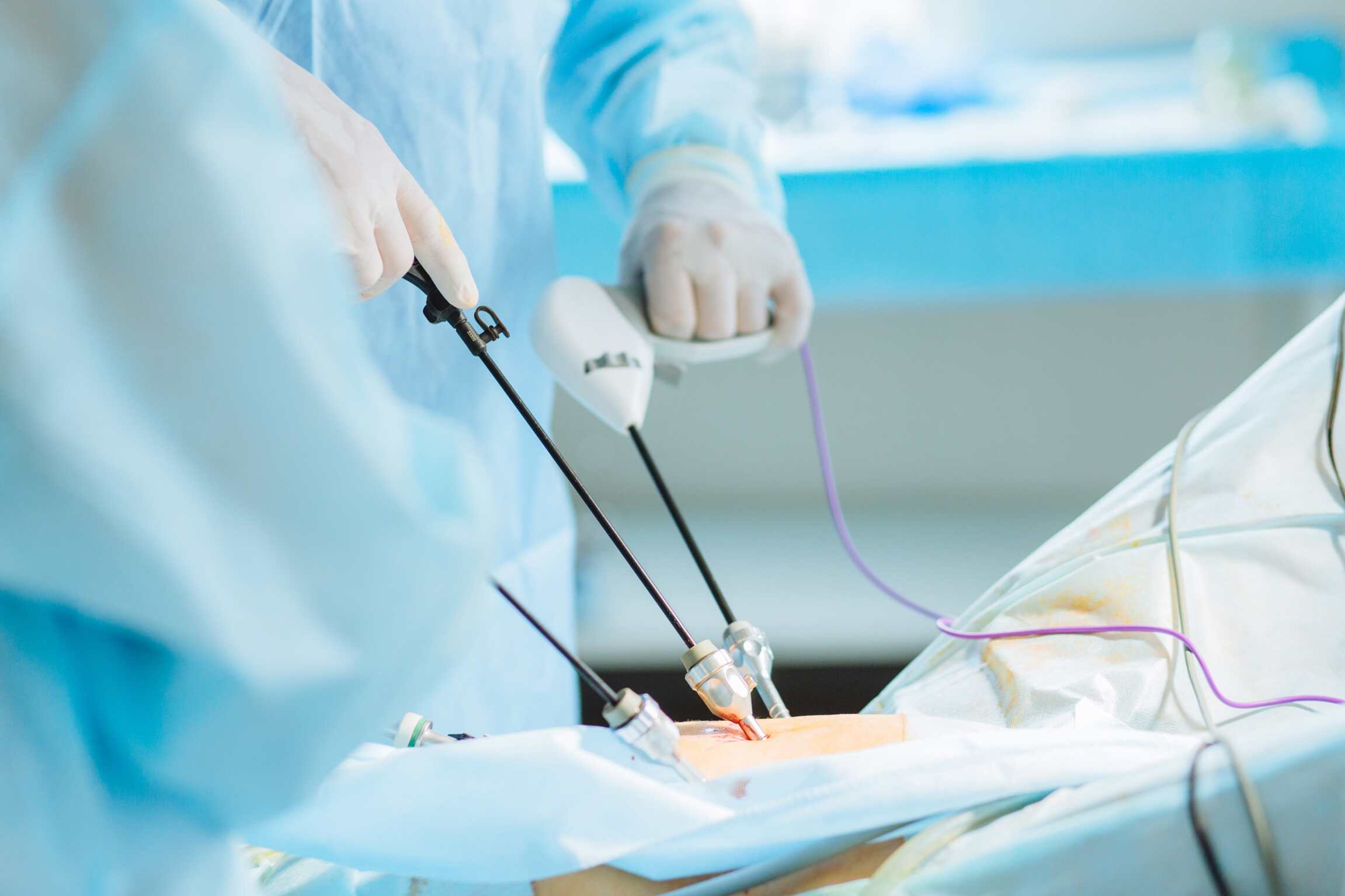
Provides an overview of Minimally Invasive Spinal Surgery (MISS), an advanced approach to treating spinal conditions with reduced recovery times and less postoperative pain. Discover symptoms, conditions treated, and benefits of MISS with insights from spinal neurosurgeon Mr. Irfan Malik.
Read More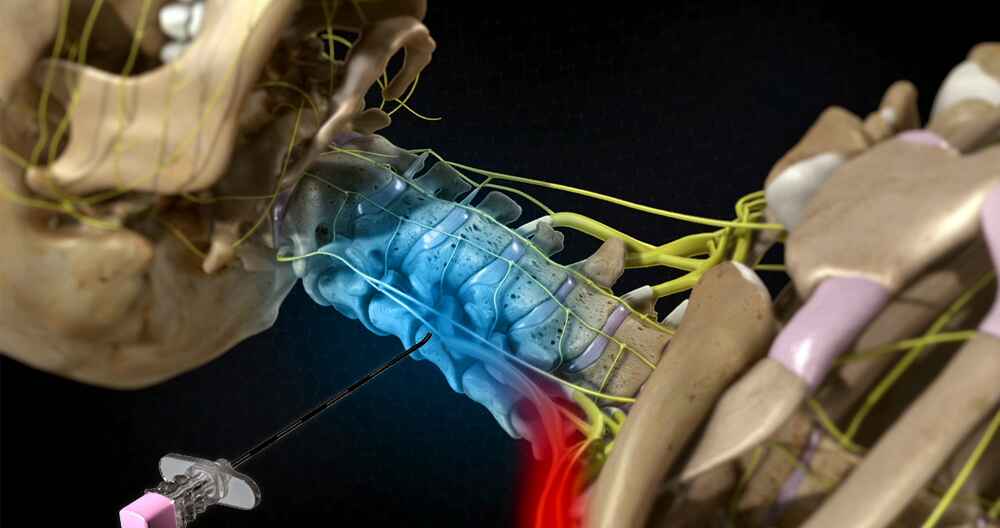
Page provides an overview of Nerve Root Injections, a minimally invasive procedure for relieving radiating pain from compressed or inflamed spinal nerves. Learn about symptoms, causes, and treatment benefits, guided by spinal neurosurgeon Mr. Irfan Malik.
Read More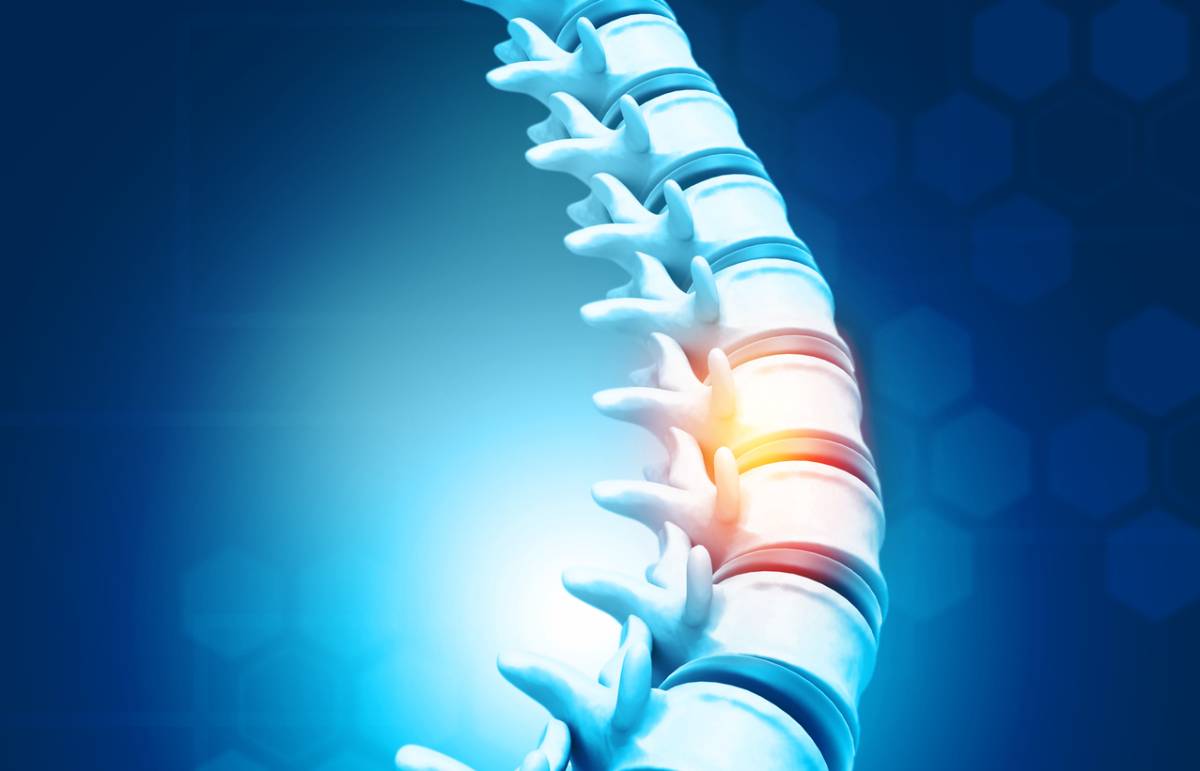
Spine orthobiologics offers innovative, non-surgical treatments for spine-related pain by harnessing the body’s natural healing abilities. Led by Spine Neurosurgeon Mr. Irfan Malik, these treatments, including PRP and stem cell therapy, provide relief and promote tissue regeneration for conditions like degenerative disc disease and soft tissue injuries.
Read More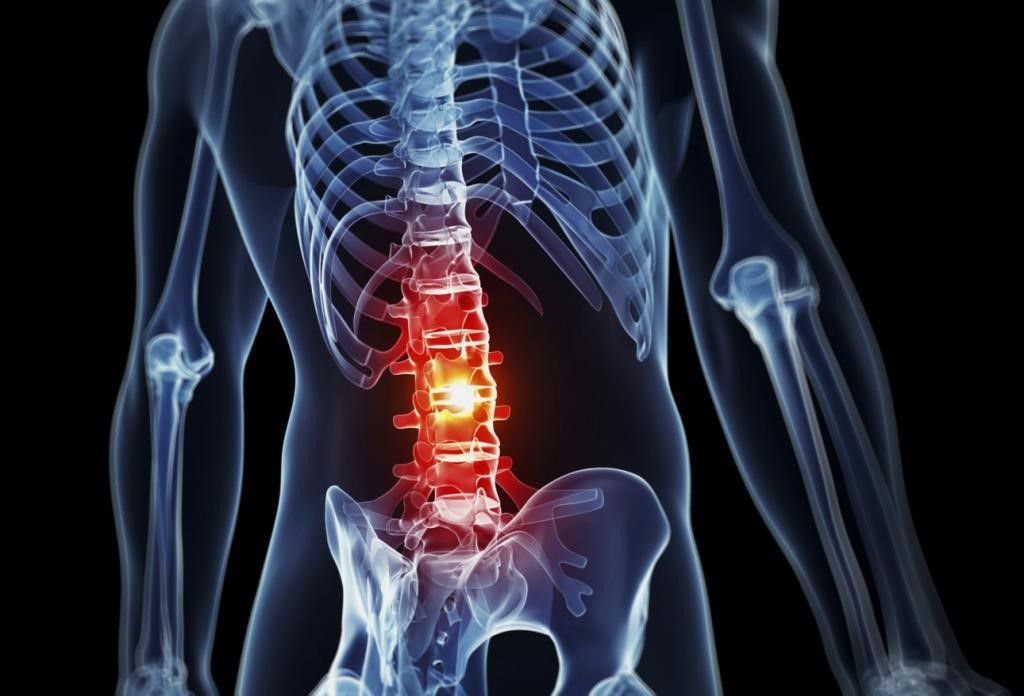
Revision spine surgery addresses complications or unresolved symptoms from previous spine surgeries. Under the expertise of Mr. Irfan Malik, a specialist neurosurgeon, patients receive personalized evaluations and advanced treatments to improve their spinal health and quality of life.
Read More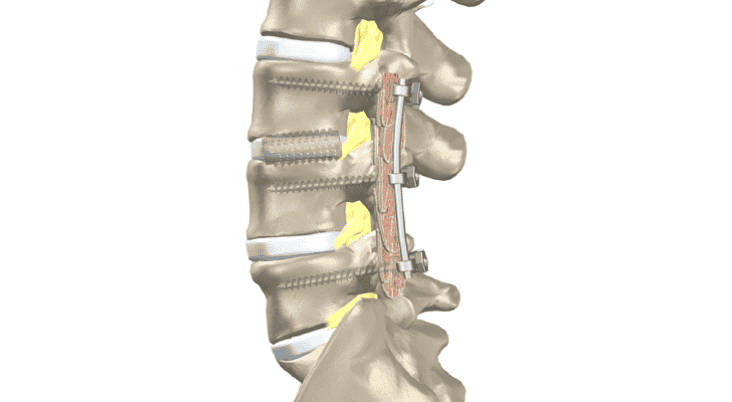
Revision lumbar spine surgery is a specialized procedure aimed at correcting issues from a previous spinal surgery, such as persistent pain, nerve compression, or instability. Led by expert neurosurgeon Mr. Irfan Malik, this approach focuses on personalized diagnosis and advanced techniques to relieve symptoms and improve patient outcomes.
Read More
Sacroiliac Joint Fusion Surgery is a specialized procedure to treat chronic pain caused by dysfunction or instability in the sacroiliac (SI) joint, the joint that connects the sacrum (the triangular bone at the bottom of the spine) to the pelvis. This surgery is often considered when conservative treatments for SI joint pain have not provided lasting relief.
Read More
Specializing in the diagnosis and treatment of spinal deformities, Mr. Irfan Malik offers expert care for conditions like scoliosis, kyphosis, and lordosis. With tailored treatment plans, including both non-surgical and surgical options, patients can achieve improved alignment, reduced pain, and enhanced quality of life.
Read More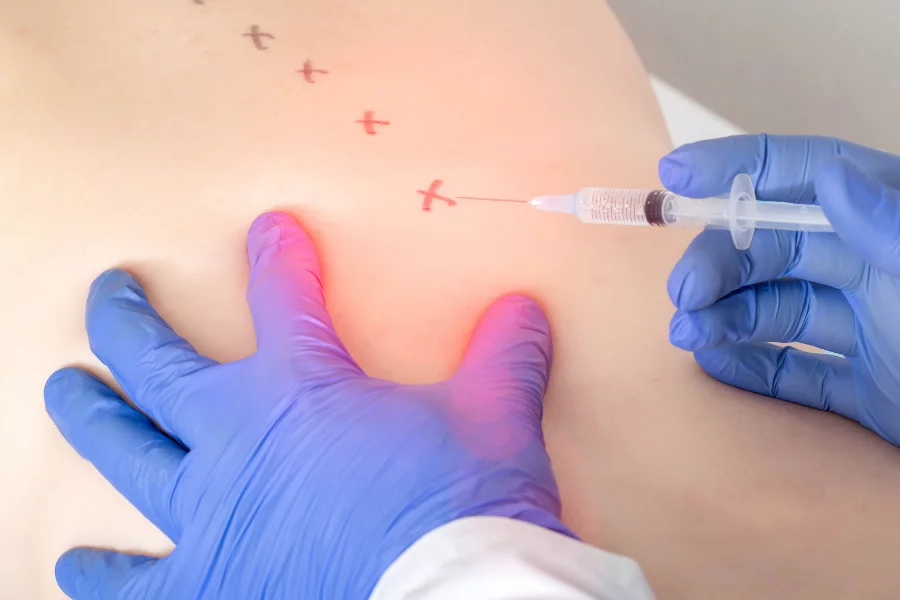
Spinal injections offer targeted relief for chronic back, neck, and leg pain caused by conditions like herniated discs and spinal stenosis. Under the expert care of Mr. Irfan Malik, these non-surgical treatments help reduce inflammation, alleviate pain, and improve mobility, allowing patients to regain their quality of life.
Read More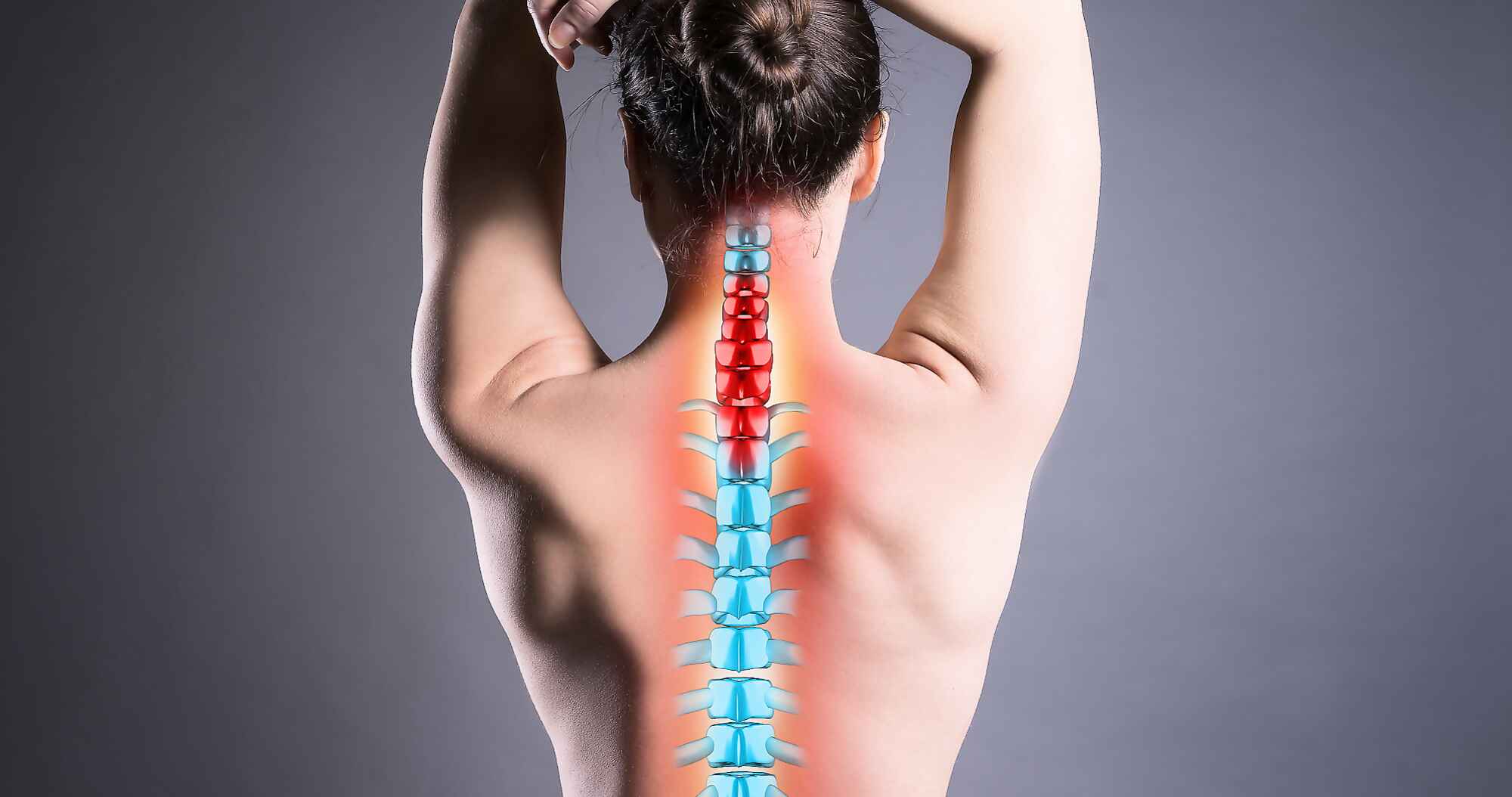
Spinal decompression therapy, offered by expert spinal neurosurgeon Mr. Irfan Malik, provides relief from chronic back and neck pain caused by conditions like herniated discs and spinal stenosis. With both non-surgical and surgical options, patients can achieve reduced pain, improved mobility, and enhanced quality of life.
Read More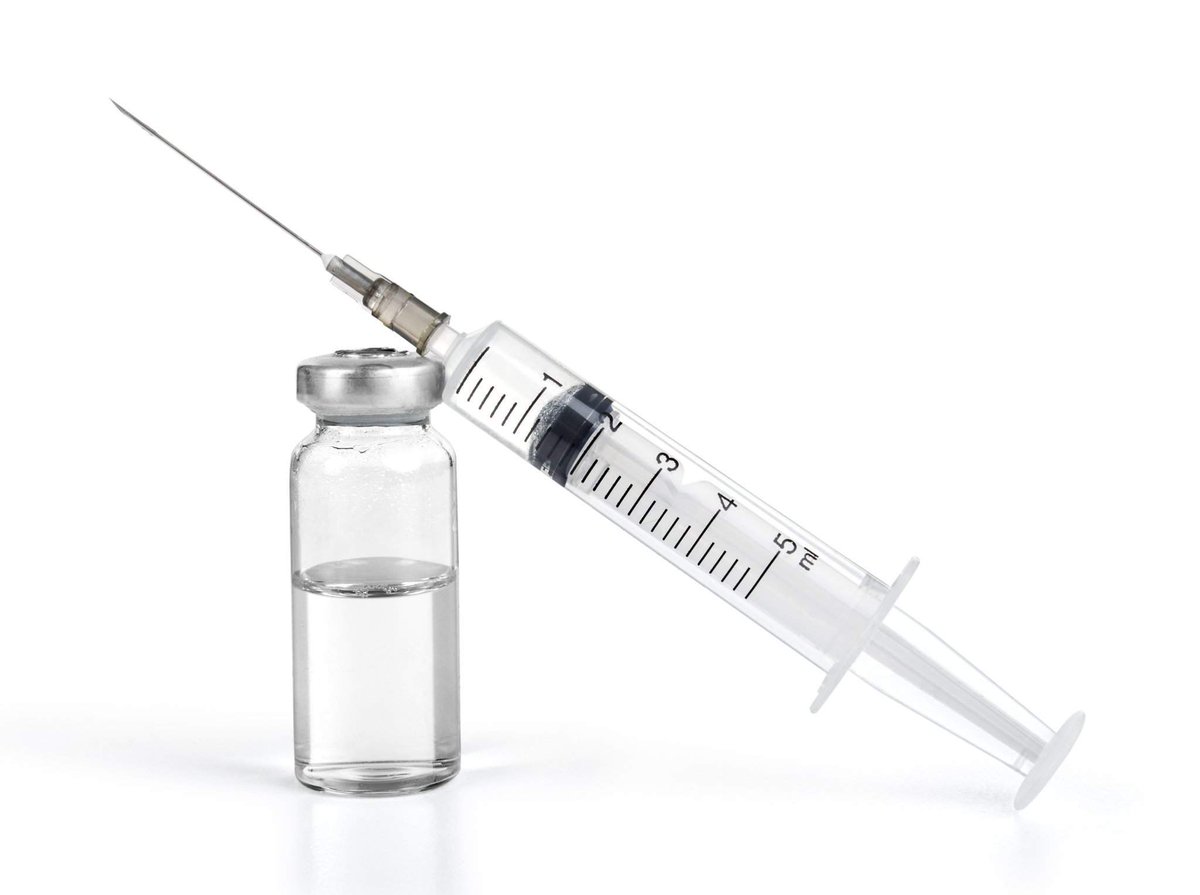
Steroid injections provide targeted relief from inflammation and pain caused by conditions like arthritis, herniated discs, and spinal stenosis. Under the expert care of Mr. Irfan Malik, these injections can reduce pain, improve mobility, and enhance your overall quality of life.
Read More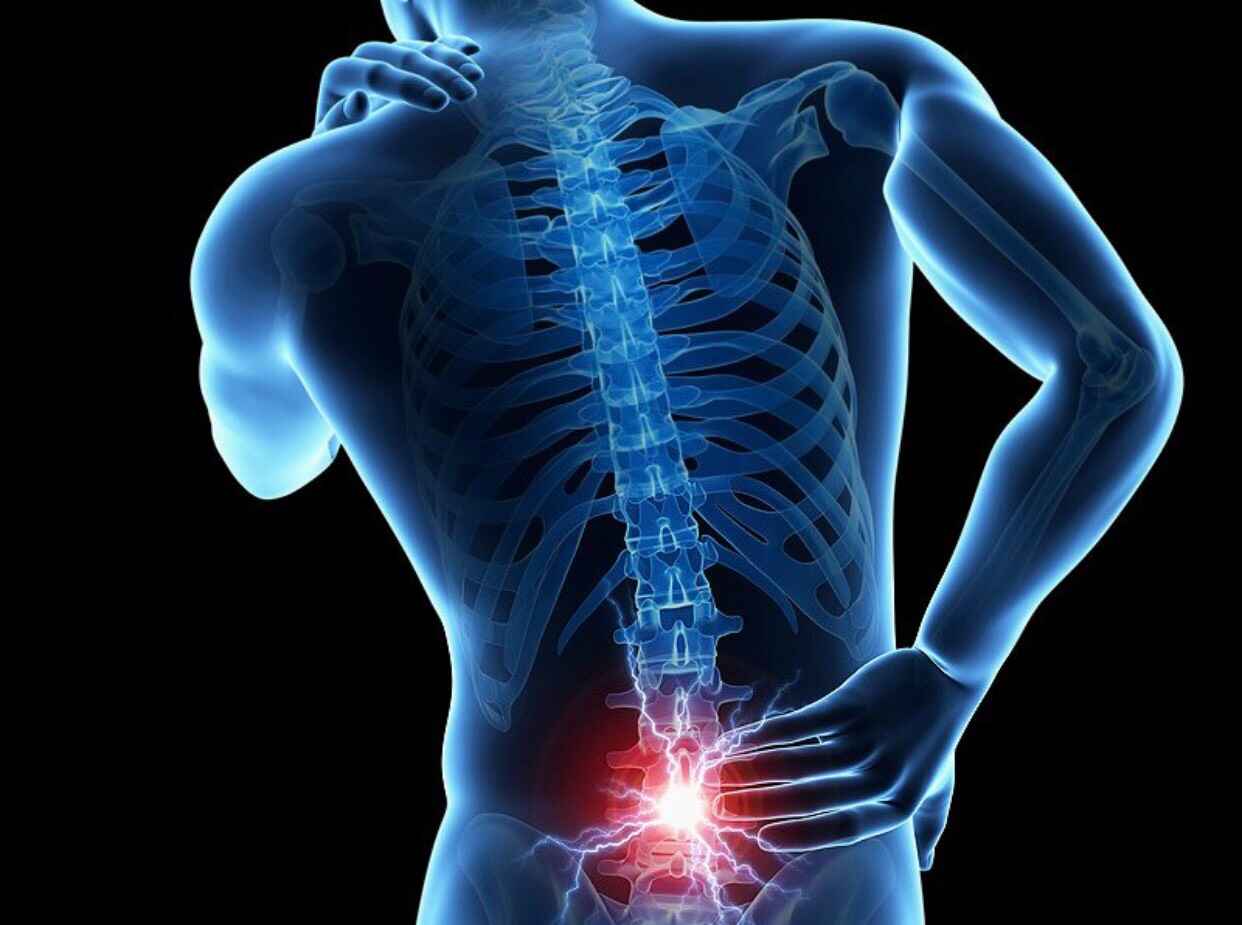
Lower back surgery can provide lasting relief from chronic pain caused by conditions like herniated discs and spinal stenosis. Under the expert care of Mr. Irfan Malik, patients receive tailored surgical treatments designed to alleviate pain, restore mobility, and enhance overall quality of life.
Read More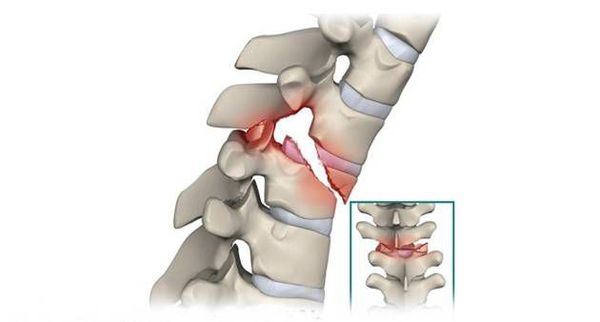
A neck fracture, or cervical fracture, is a severe injury that occurs when one of the cervical vertebrae in the neck breaks, posing risks to the spinal cord and potentially leading to paralysis or other serious complications. Dr. Irfan Malik at Mspin provides expert care for patients with neck fractures, addressing this life-altering condition with specialized treatment plans. Key symptoms of a neck fracture include intense neck pain, swelling, limited mobility, numbness, and possible respiratory or swallowing difficulties. Treatments for neck fractures involve immobilization, traction, surgery, physical therapy, and pain management to aid recovery and prevent further complications.
Read More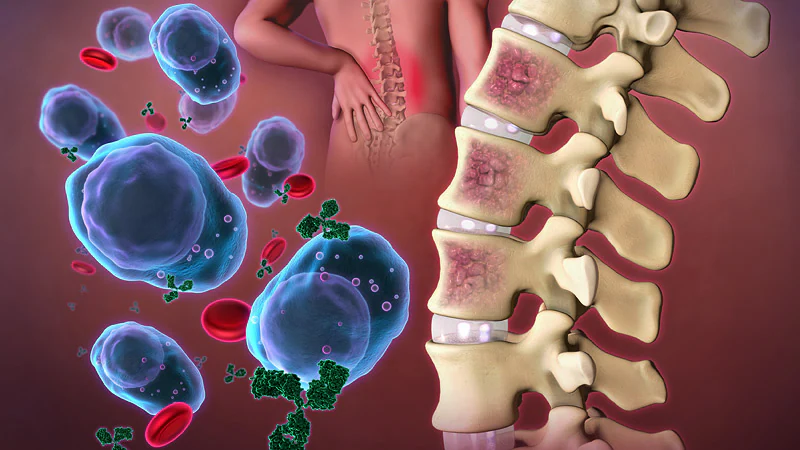
Myeloma, or multiple myeloma, is a form of blood cancer that originates in plasma cells, a type of white blood cell crucial for immune defense. In myeloma, these plasma cells grow uncontrollably within the bone marrow, leading to bone weakening, reduced immunity, and other severe health issues. Though uncommon, myeloma often progresses silently, and symptoms may only emerge in advanced stages. Dr. Irfan Malik specializes in diagnosing and managing myeloma, providing expert care to improve patient outcomes and quality of life. Treatments include targeted therapy, chemotherapy, stem cell transplants, radiation, and immunotherapy to help control the disease and alleviate symptoms.
Read More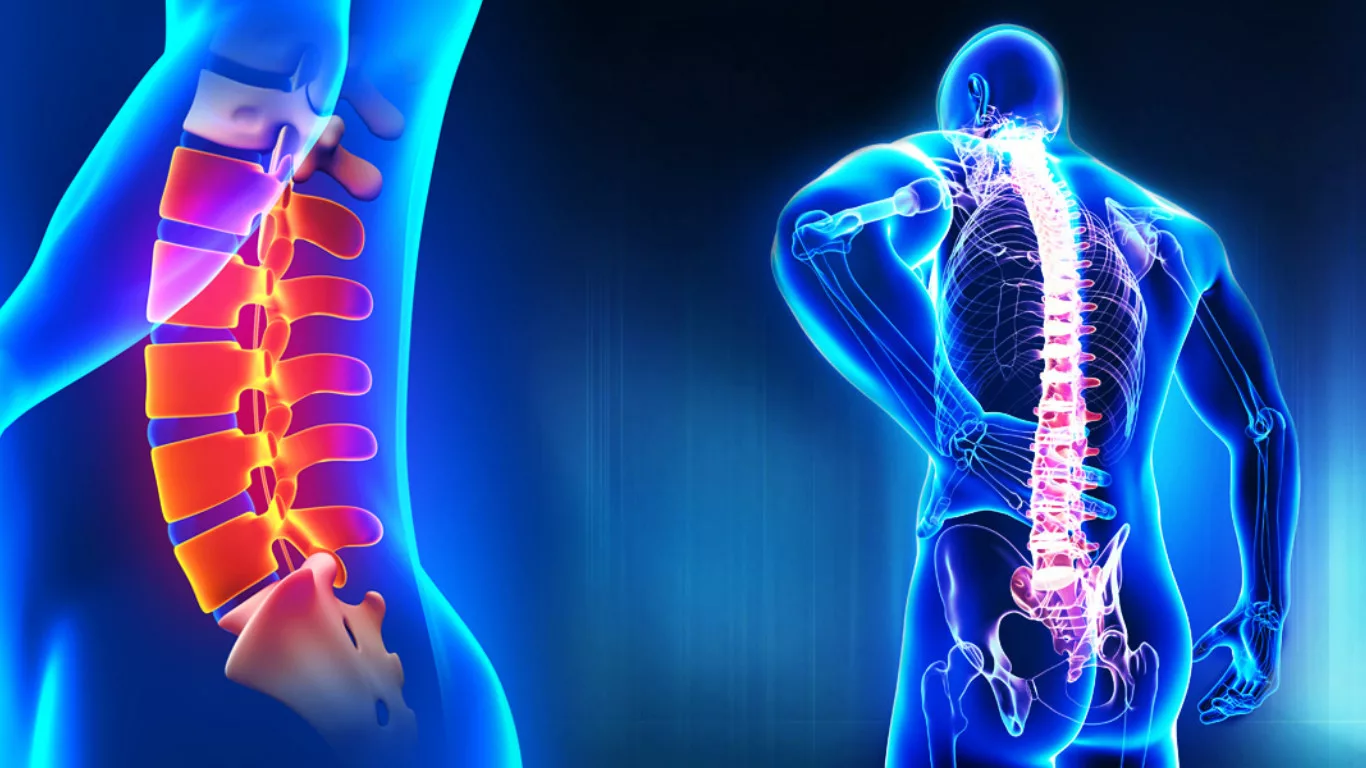
Disc injuries occur when the cushioning discs between the vertebrae in the spine are damaged or displaced, leading to pain and mobility issues. Symptoms often include back or neck pain, nerve pain radiating to limbs (e.g., sciatica), tingling or numbness, and muscle weakness. Common causes include aging, physical stress, repetitive motion, and trauma. Diagnosis typically involves physical exams, X-rays, MRI, or CT scans. Treatment options range from rest and physical therapy to medications, injections, and, in severe cases, surgery. Dr. Irfan Malik at Mspin specializes in treating these injuries to alleviate pain and restore function.
Read More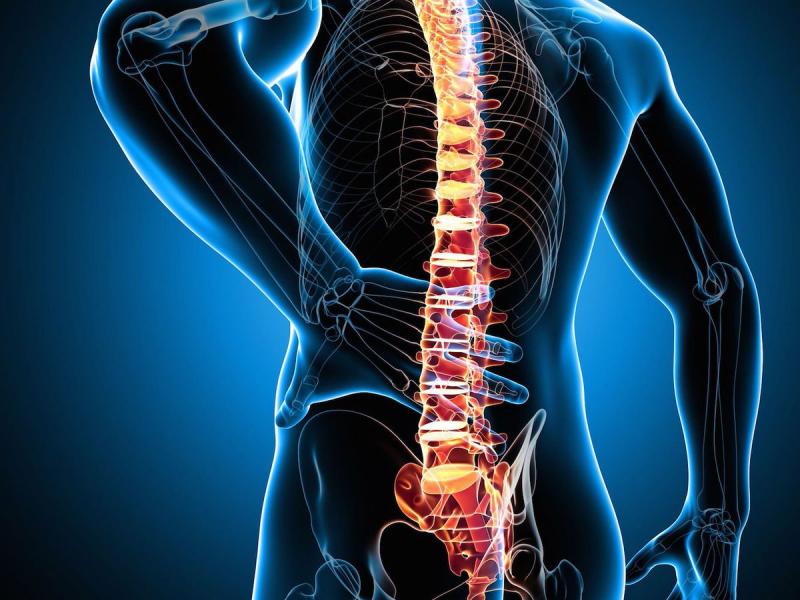
Complex spinal disorders encompass a range of conditions affecting the spine's bones, discs, nerves, and muscles, leading to pain and mobility issues. Symptoms include chronic pain, numbness or tingling, muscle weakness, limited mobility, and postural changes. Common causes include genetics, age-related degeneration, injuries, infections, and surgical complications. Diagnosis involves reviewing medical history, physical exams, imaging tests, and nerve studies. Treatment may include medications, physical therapy, injections, lifestyle changes, or surgery depending on the severity. Dr. Irfan Malik at Mspine offers expert care for these challenging conditions.
Read More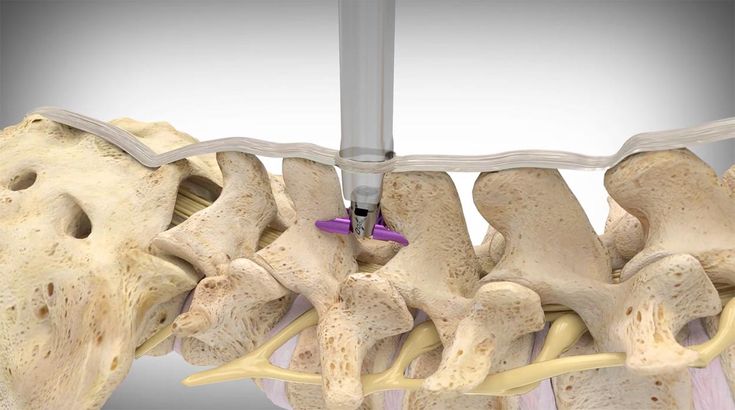
Lumbar stenosis is a condition where the spinal canal narrows in the lower back, putting pressure on the nerves and causing pain, numbness, tingling, or weakness, especially in the lower back, legs, or buttocks. Symptoms often worsen with walking or standing and may be relieved by sitting or leaning forward. The condition is most common in older adults but can affect individuals of any age. Dr. Irfan Malik specializes in managing lumbar stenosis, offering expert care to help patients manage symptoms and improve mobility. Treatment options range from physical therapy and medications to surgery in severe cases.
Read More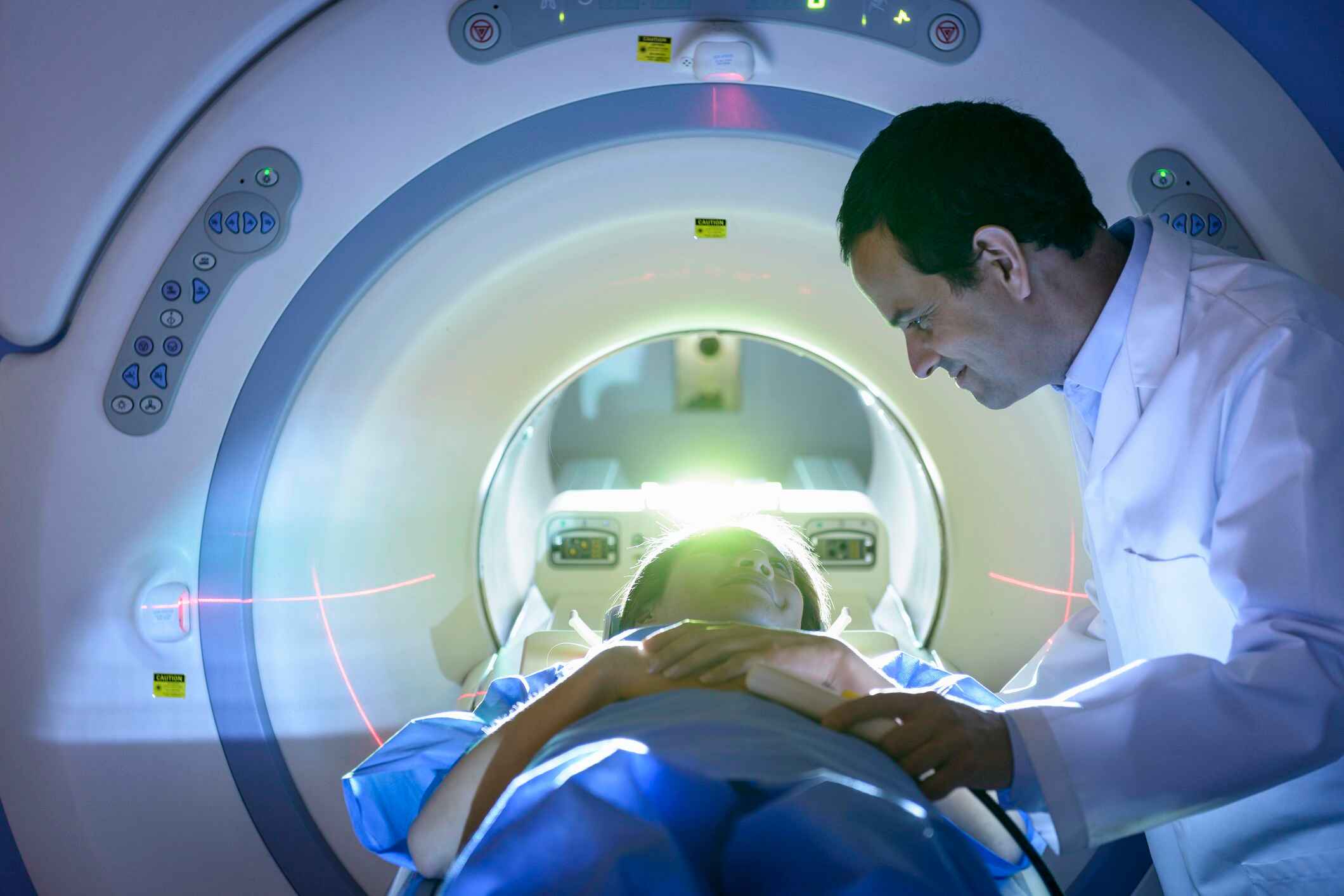
This page provides an in-depth overview of Magnetic Resonance Imaging (MRI), a non-invasive diagnostic technique that uses strong magnets and radio waves to create high-resolution images of the body's internal structures. MRI is essential for diagnosing conditions affecting the spine, brain, joints, and soft tissues.
Read More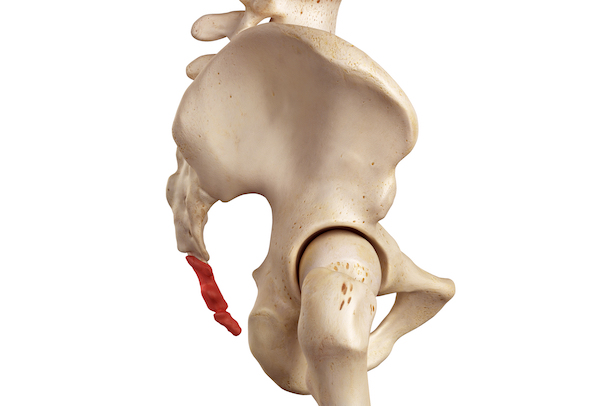
A coccyx fracture occurs when the tailbone, located at the base of the spine, is damaged, often due to falls, prolonged sitting, or childbirth. Common symptoms include pain, swelling, bruising, discomfort while sitting, and difficulty moving. Diagnosis typically involves a physical exam and imaging tests like X-rays. Treatment focuses on pain relief through rest, medication, ice and heat therapy, and specialized pillows. In rare cases, surgery may be needed. Dr. Irfan Malik at Mspine provides expert care to manage and treat this painful condition.
Read More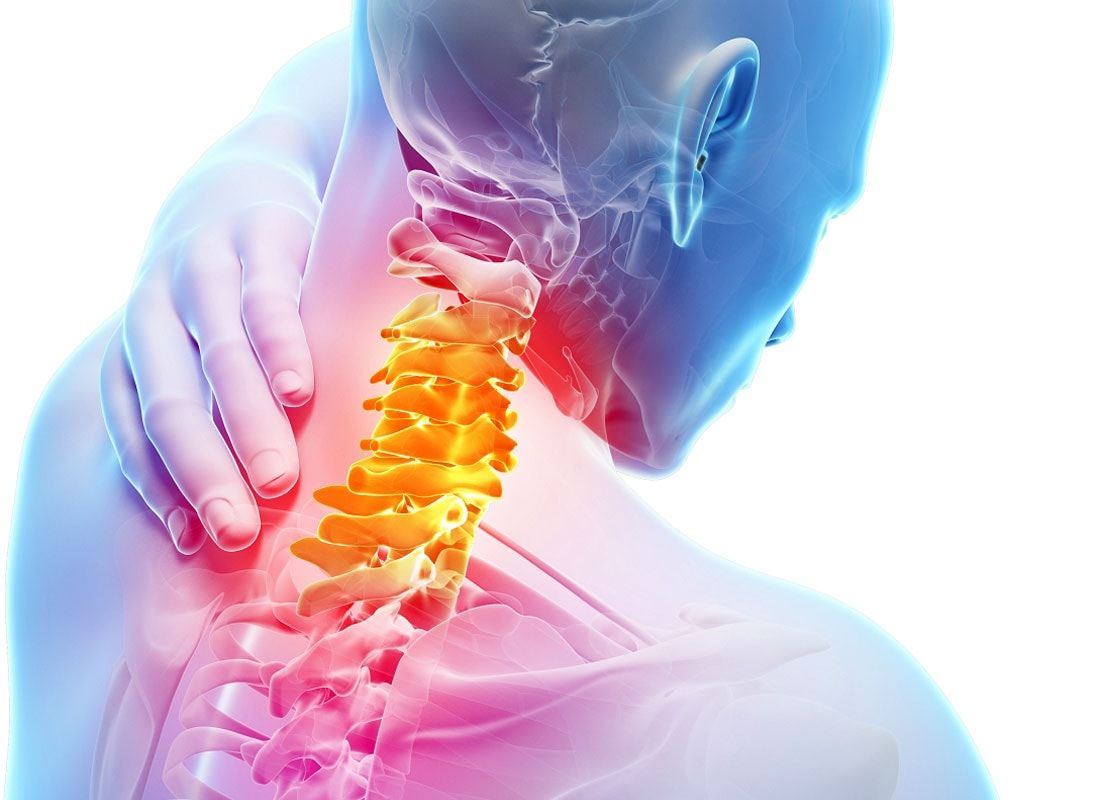
Degenerative disc disease (DDD) involves the gradual wear and tear of the spine's discs, which act as shock absorbers between the vertebrae. As the discs lose elasticity and resilience over time, pain and discomfort may develop, particularly in the back or neck. Symptoms include localized pain, nerve pain or tingling, pain worsened by movement, and limited range of motion. The condition is typically age-related but can be accelerated by trauma, genetics, or lifestyle factors. Treatment options include physical therapy, pain management, injections, lifestyle changes, and surgery for severe cases. Dr. Irfan Malik at Mspine provides expert care to manage and treat DDD.
Read More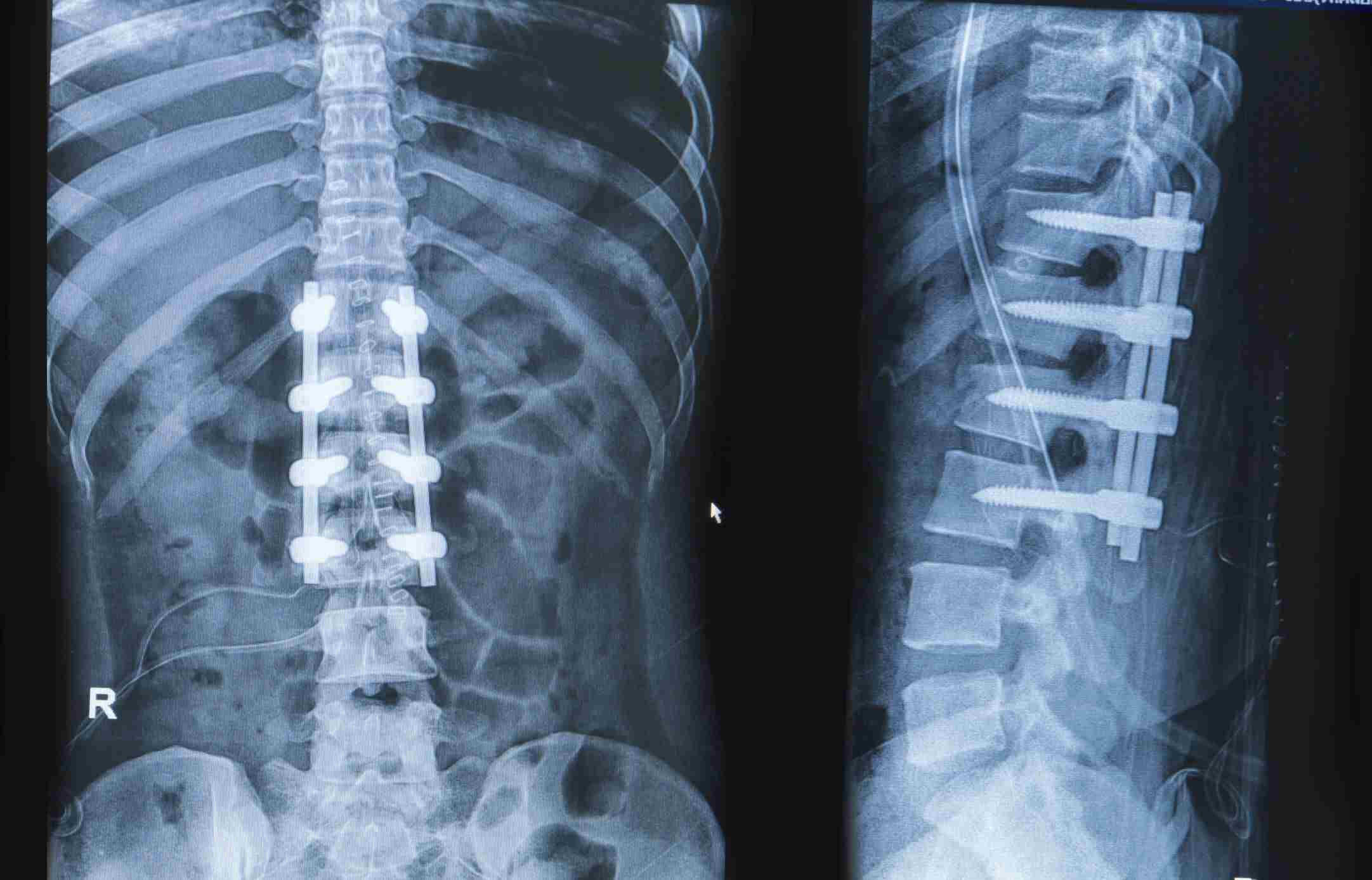
Bone metastases occur when cancer cells spread from their original site to the bones, often from cancers like breast, prostate, lung, or kidney. This can lead to complications such as joint pain, swelling, fractures, and reduced mobility. The likelihood of bone metastases depends on the type and stage of cancer. Diagnosis typically involves medical history, physical exams, imaging tests like X-rays or MRIs, and biopsies. Treatment options aim to manage symptoms and improve quality of life, including pain relief, radiation therapy, medications like bisphosphonates, surgery, and systemic treatments such as chemotherapy or immunotherapy.
Read More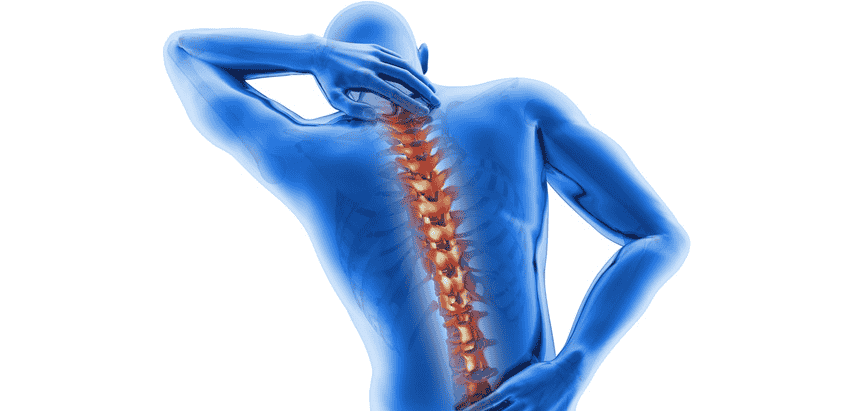
Arthritis of the spine involves inflammation in spinal joints, leading to symptoms like chronic pain, stiffness, limited movement, and fatigue. Common types include osteoarthritis, rheumatoid arthritis, and ankylosing spondylitis, with older adults more often affected. Symptoms range in severity and may worsen over time. Causes vary, from age-related wear in osteoarthritis to autoimmune factors in rheumatoid arthritis. Diagnosis typically includes medical history, physical exams, imaging tests, and sometimes blood tests. While there’s no cure, treatments like medication, physical therapy, lifestyle changes, injections, and, in severe cases, surgery, can help manage symptoms and improve function.
Read More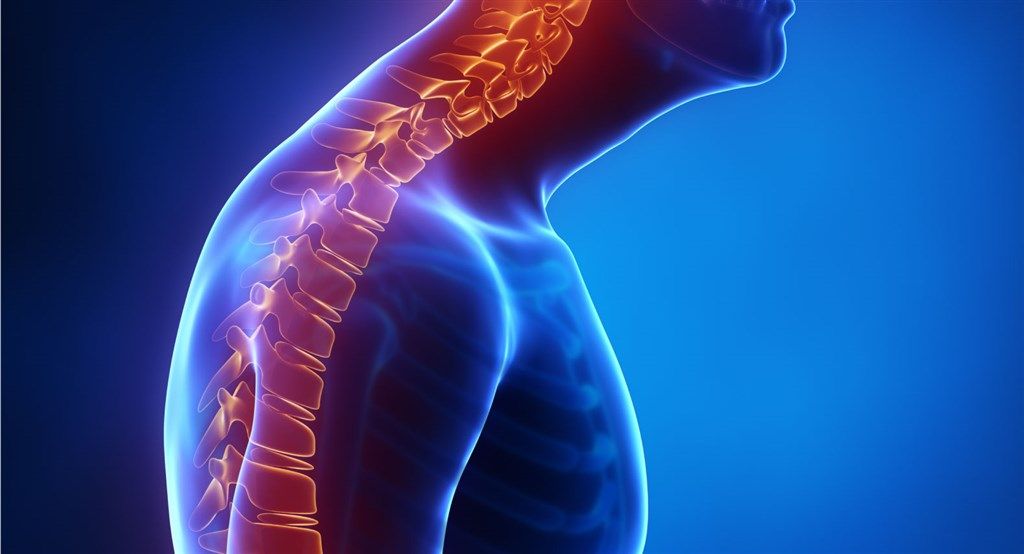
Kyphosis is a spinal condition that causes an excessive outward curvature of the upper back, often resulting in a noticeable "hunched" posture. Symptoms may include back pain, stiffness, fatigue, and, in severe cases, difficulty breathing. Kyphosis can arise from various causes such as poor posture, Scheuermann's disease, osteoporosis, congenital defects, and degenerative conditions. Diagnosis is typically made through physical exams and imaging tests like X-rays and MRIs. Treatment depends on the severity and may include physical therapy, braces, pain relief, or surgery in more severe cases. Dr. Irfan Malik at Mspin offers expertise in managing kyphosis to improve quality of life.
Read More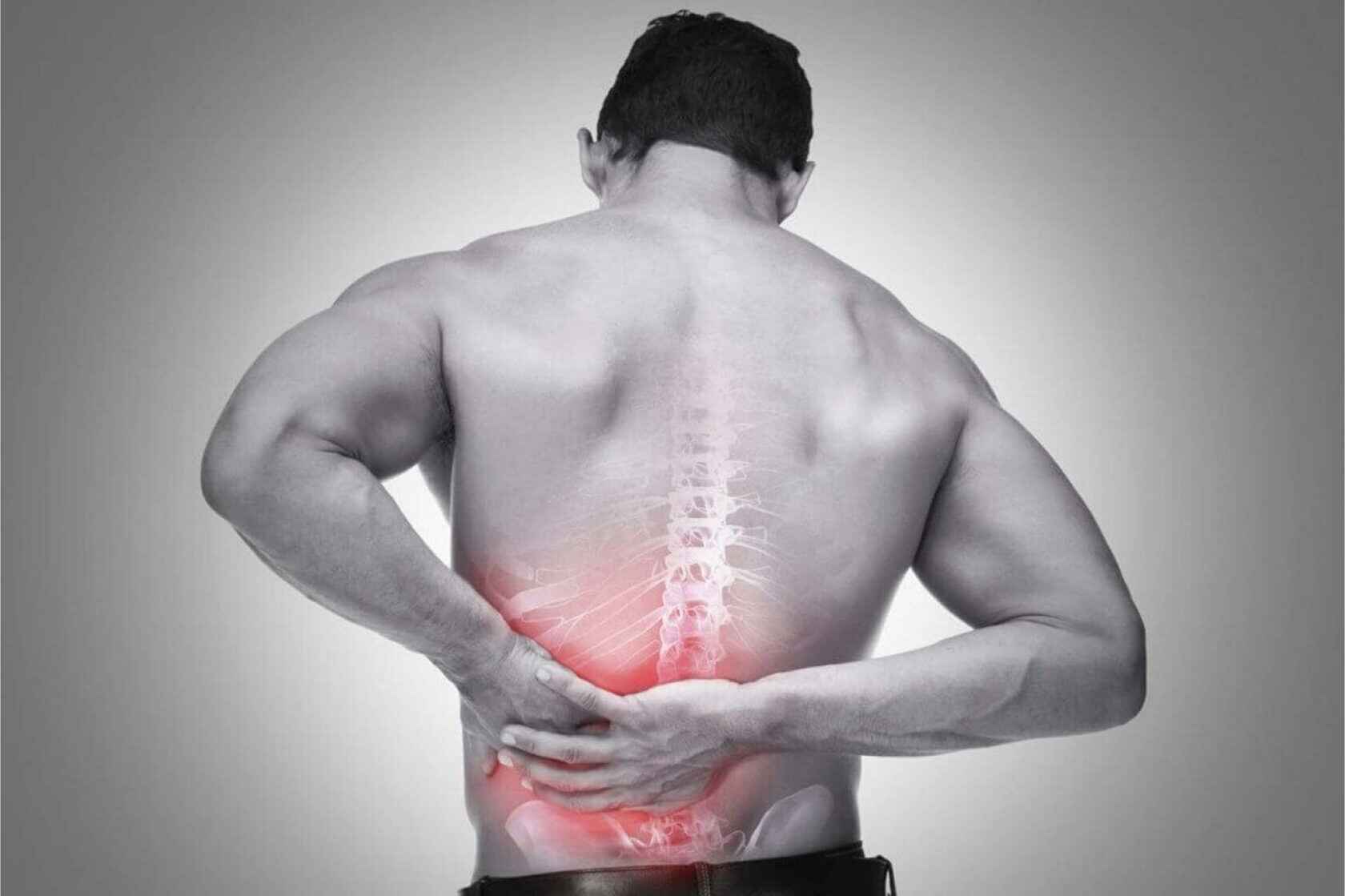
Lower back pain is a common condition that can range from dull, constant pain to sharp, sudden pain, making movement difficult. The lower back is particularly vulnerable to strain due to its role in supporting the upper body. Symptoms can include aching or stiffness, acute pain, radiating pain down the legs, limited mobility, and muscle spasms. Causes of lower back pain include muscle strain, herniated discs, arthritis, skeletal irregularities, and osteoporosis. Lifestyle factors such as poor posture or being overweight can also contribute. Treatment options include rest, physical therapy, medications, heat/ice therapy, injections, and in severe cases, surgery.
Read More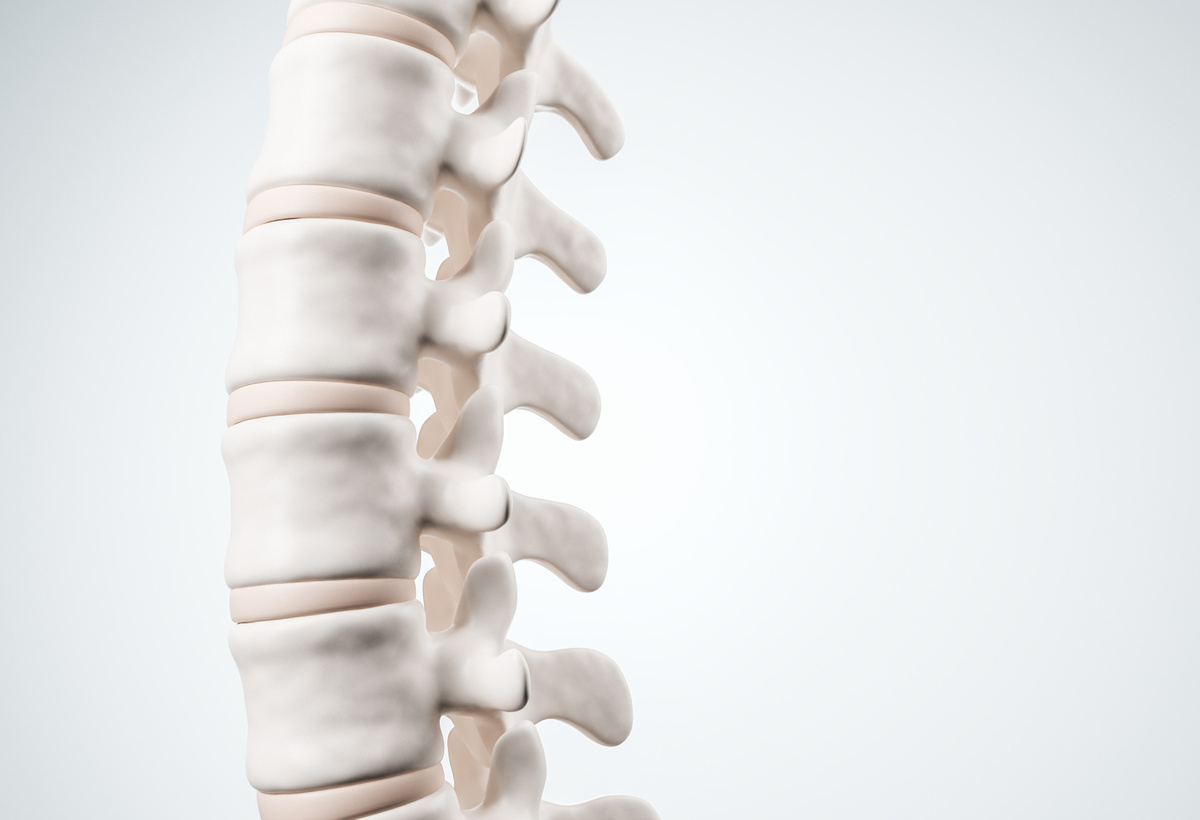
Benign bone tumors are non-cancerous growths that develop in bones, often causing symptoms like localized pain, swelling, and limited movement. While they typically don’t pose serious health risks, they can weaken bones, potentially leading to fractures. These tumors can form in areas such as the spine, pelvis, or long bones. Causes may include genetic mutations or abnormal bone growth. Diagnosis involves medical history, physical exams, imaging tests like X-rays, and sometimes biopsies. Treatment options vary depending on the tumor's size and symptoms and may include monitoring, pain relief medications, surgery, and physical therapy to restore mobility.
Read More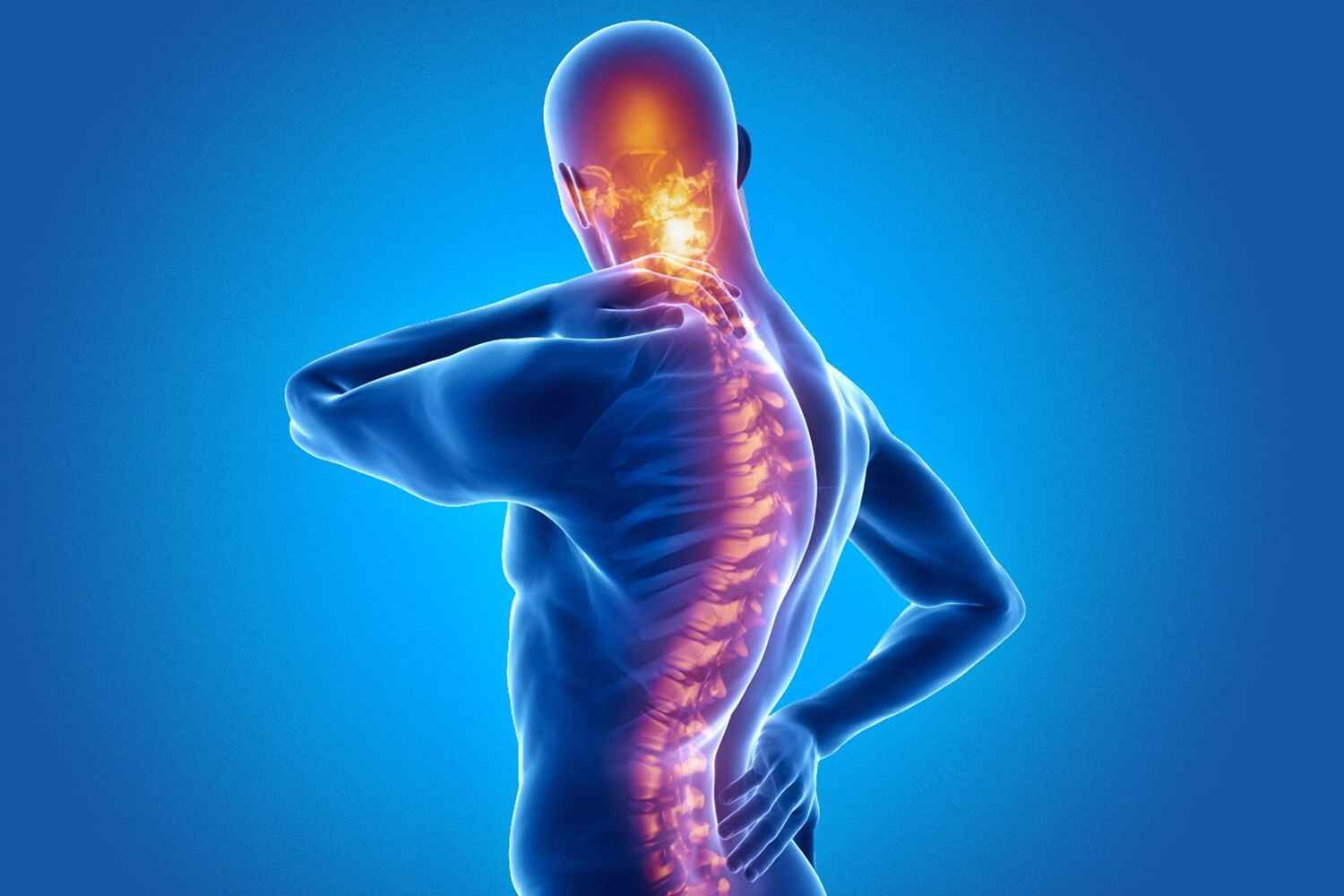
Ankylosing spondylitis (AS) is a chronic inflammatory disease primarily affecting the spine, causing pain and stiffness. Over time, inflammation can lead to bone fusion, reducing spinal flexibility. It typically begins in childhood and is more common in males. Symptoms of AS include chronic low back pain (often worsened by rest but relieved by activity), stiffness (especially in the morning), decreased flexibility, fatigue, and, in some cases, eye inflammation (iritis or uveitis).
Read More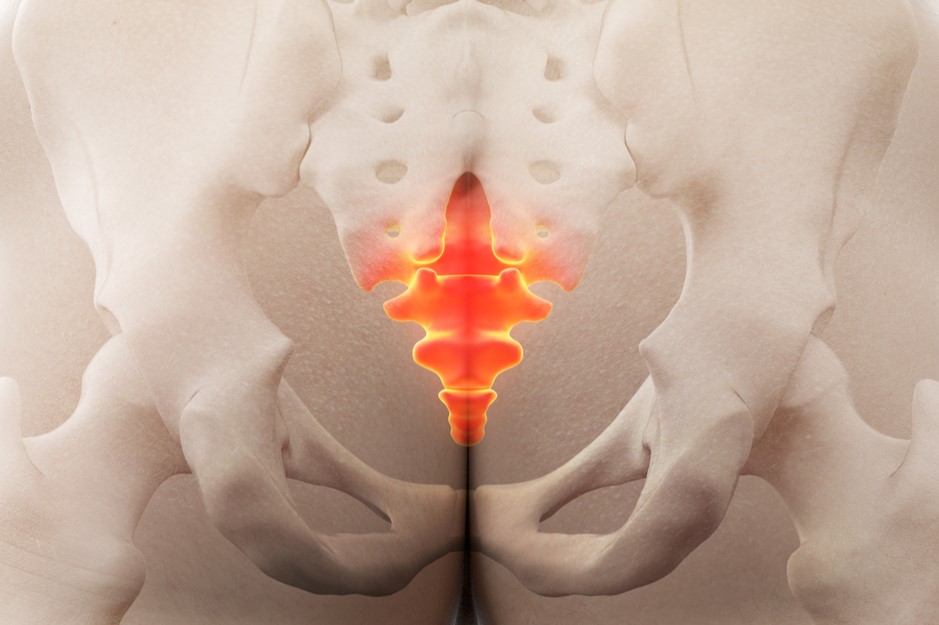
Coccydynia, or coccyx pain, is a condition characterized by discomfort at the base of the spine, near the tailbone. The pain can range from sharp to throbbing and may worsen with activities like sitting, standing, or walking. Common symptoms include localized pain in the coccyx, radiating pain to the lower back, buttocks, or thighs, soreness, and pain during movement. Causes of coccydynia include injuries (like falls), prolonged sitting, childbirth, infections, or osteoarthritis. Diagnosis typically involves a physical exam and imaging tests like X-rays or MRIs. Treatment includes pain management, ice/heat therapy, cushions for sitting, physical therapy, and in rare cases, surgery.
Read More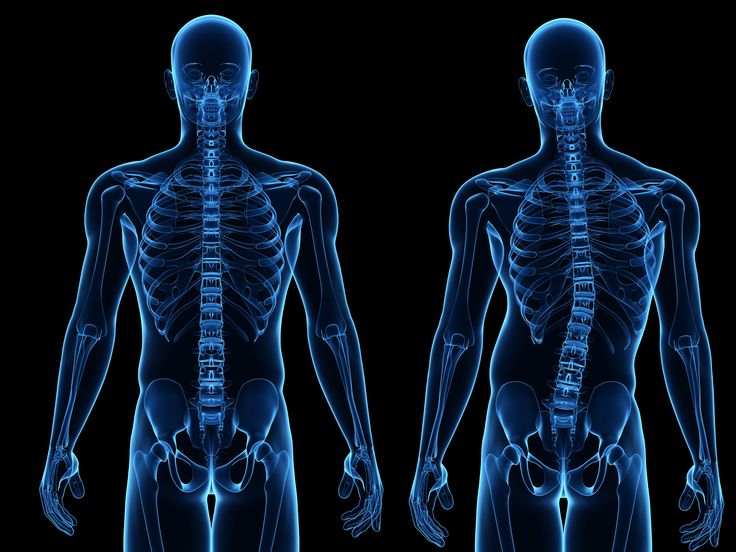
Scoliosis is a spinal condition where the spine curves sideways, often in an "S" or "C" shape, and commonly appears during adolescence. Mild cases may go unnoticed, but severe scoliosis can cause discomfort, restrict movement, and lead to lung or heart issues if untreated. Key symptoms include uneven shoulders or hips, a tilted posture, and, in some cases, back pain. Causes range from genetics to neuromuscular conditions. Diagnosis involves physical exams and imaging like X-rays. Treatment varies by severity and includes monitoring, braces, physiotherapy, pain management, or, in severe cases, surgery to correct the curve and prevent further complications.
Read More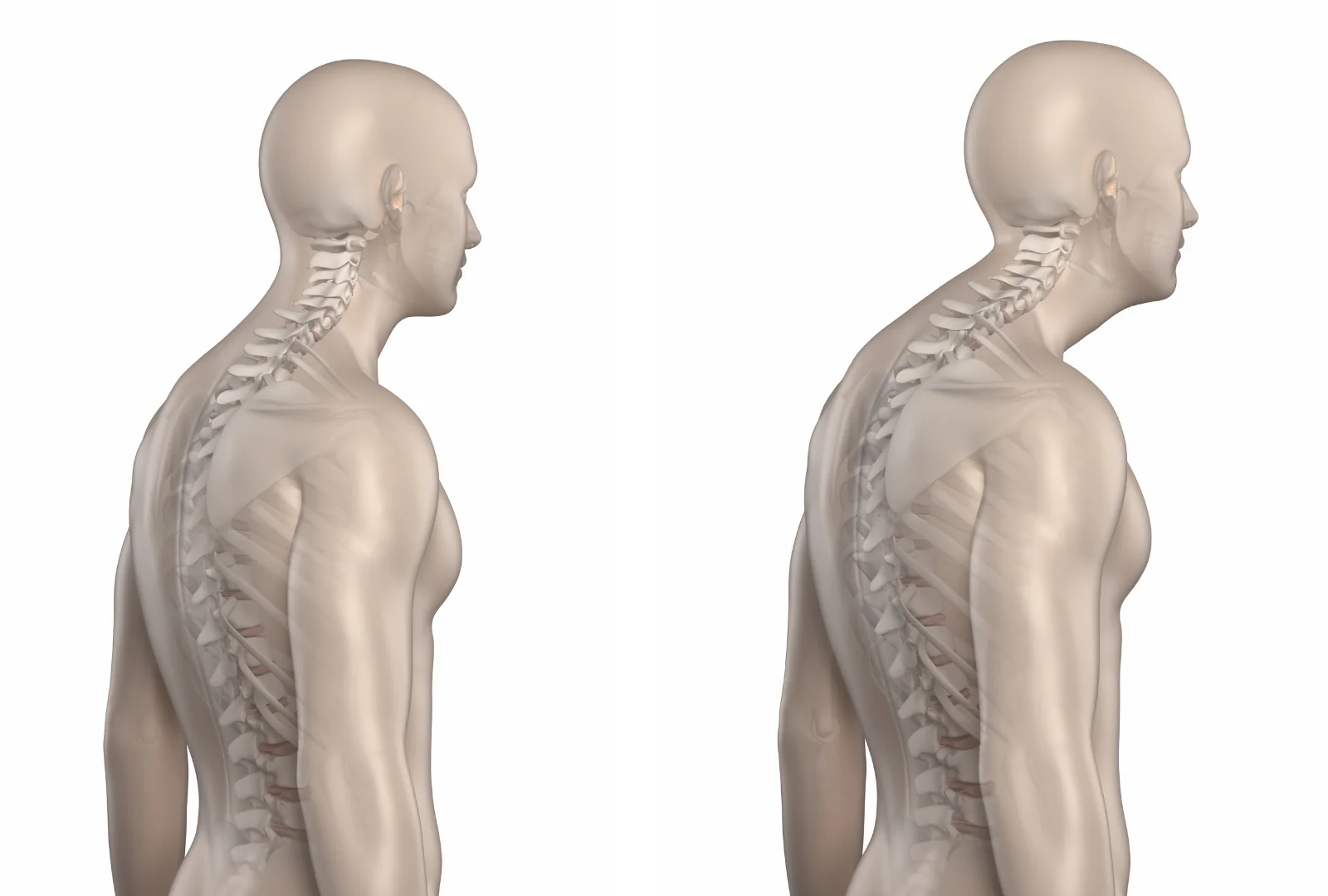
Spinal deformity refers to abnormal curvatures or alignments of the spine, such as scoliosis (sideways curvature), kyphosis (forward bending), and lordosis (inward curvature). These conditions can affect both children and adults and may result from genetic factors, developmental issues, or degenerative diseases. Symptoms vary but commonly include visible curvature, back pain, postural changes, fatigue, and limited mobility. Causes can range from congenital issues, neuromuscular disorders, and degenerative diseases to injuries and poor posture. Diagnosis involves physical exams and imaging tests like X-rays or MRIs. Treatment options include physical therapy, braces, medications, and, in severe cases, surgery to correct the deformity.
Read More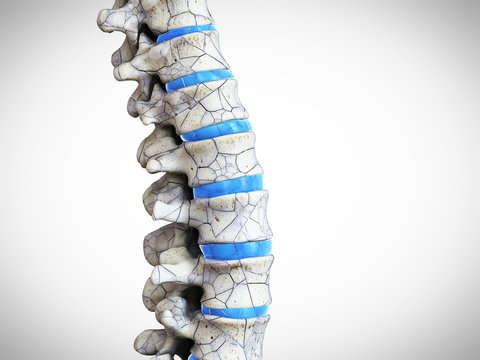
A fracture, commonly known as a broken bone, occurs when a bone is subjected to a force too strong for it to bear, causing it to break. Fractures can vary in severity, from small hairline cracks to complete breaks, and may affect any bone in the body. Typical symptoms include pain, swelling, bruising, deformity, and limited movement. Causes range from trauma and repetitive stress to conditions like osteoporosis. Diagnosis usually involves X-rays, CT scans, or MRIs to assess the damage. Treatment options include immobilization with a cast, bone repositioning, or surgery in severe cases. Rehabilitation and pain management support the healing process and recovery.
Read MoreCertified and Skilled
Technology during surgery encompasses various tools, systems, and innovations that enhance the precision, safety, and effectiveness of surgical procedures. Here are some technologies and methods that MSPine may use during surgeries and procedures:











Recognized and Connected
Showcasing our professional accreditations and affiliations with leading organizations. These endorsements highlight our commitment to excellence and industry standards.
Copyright © 2026 All rights reserved Mr. Irfan Malik